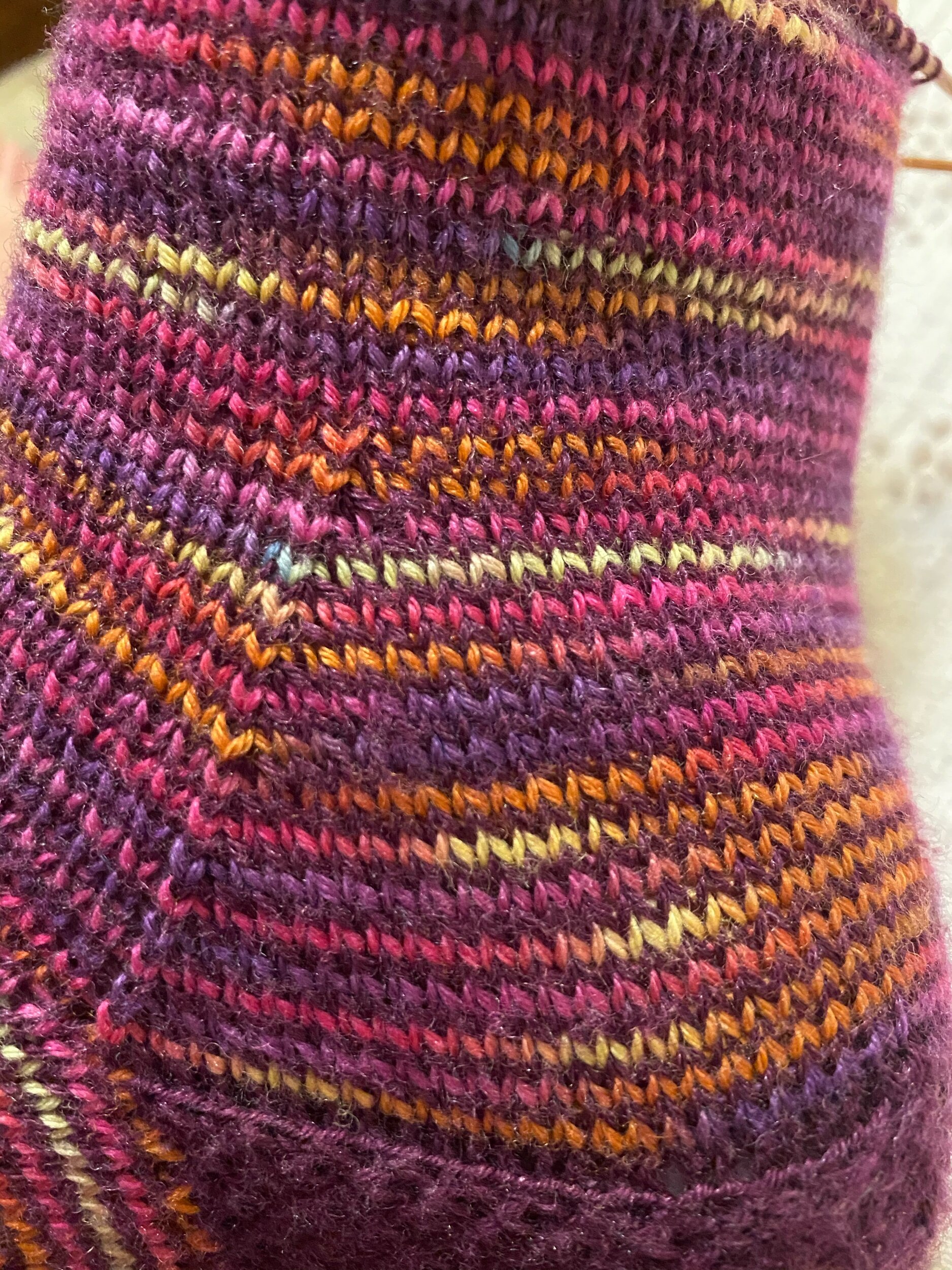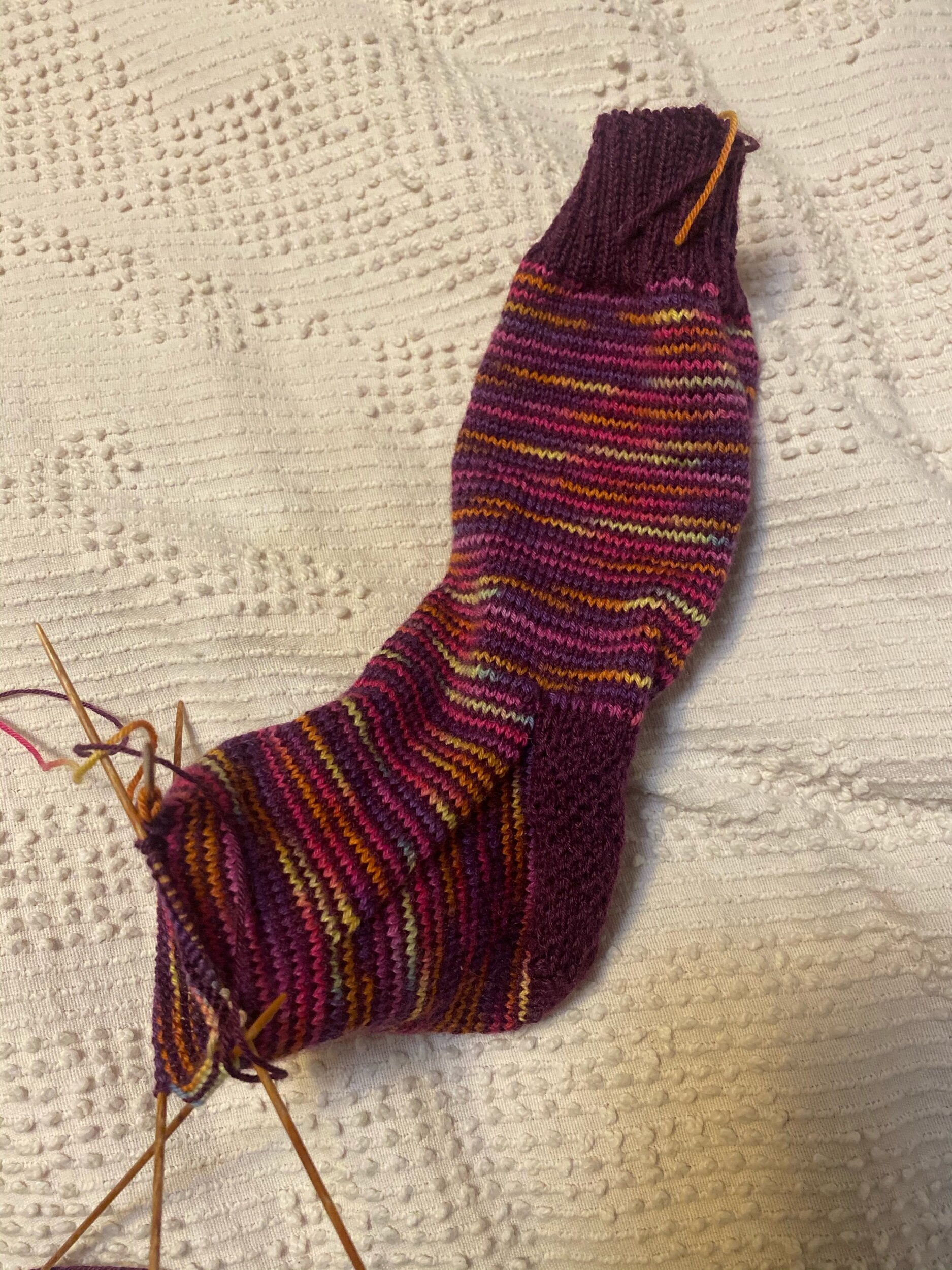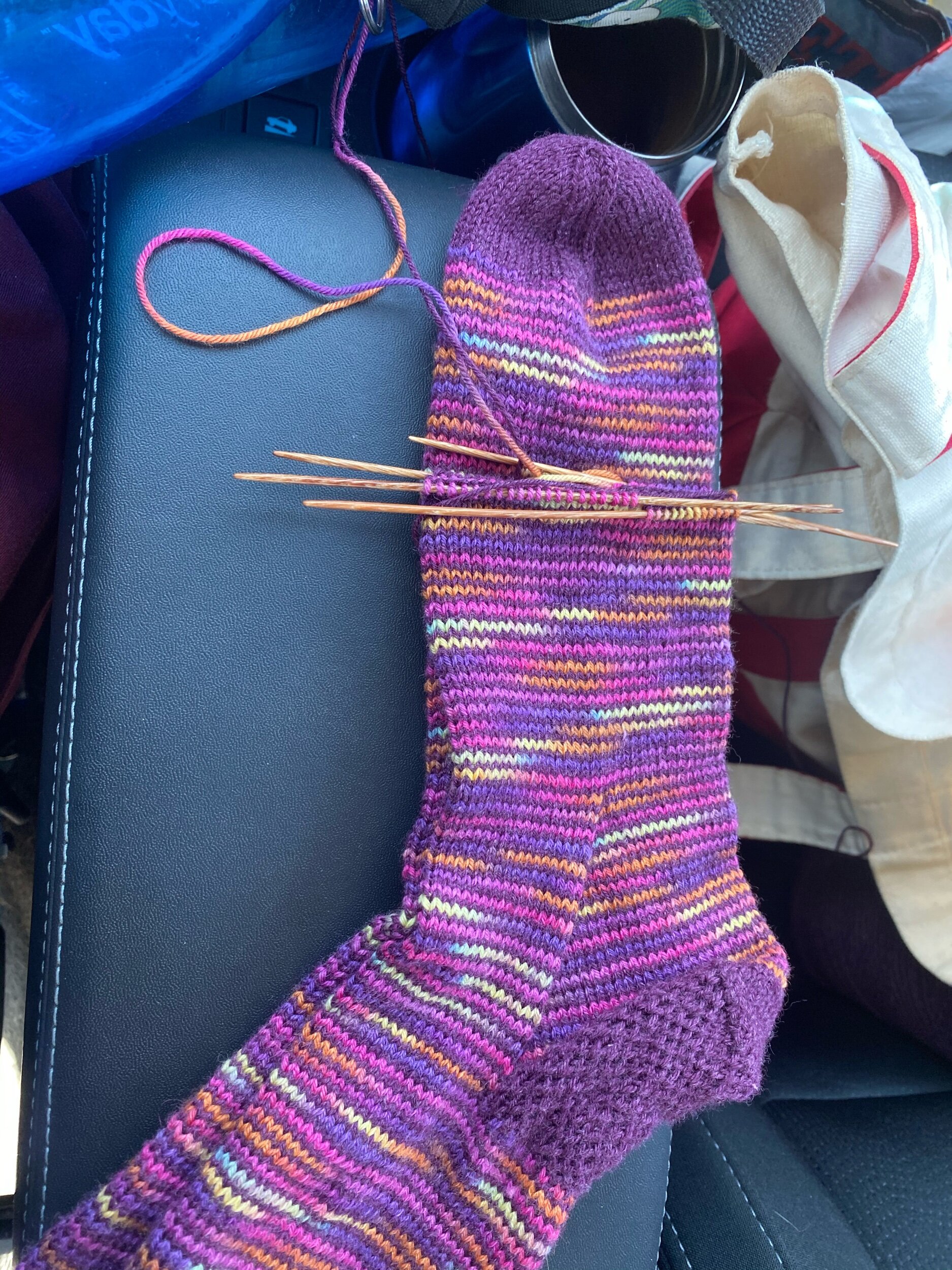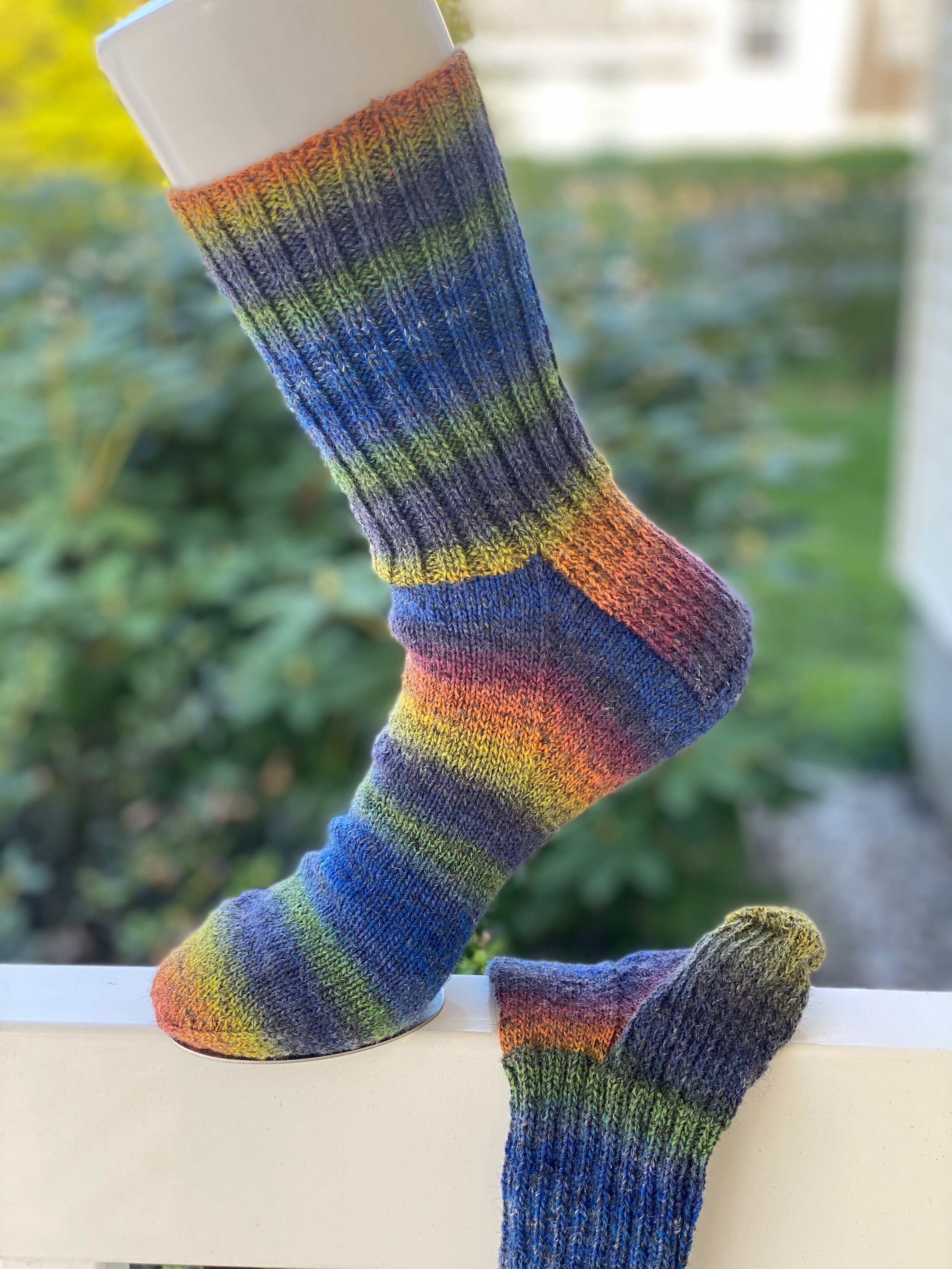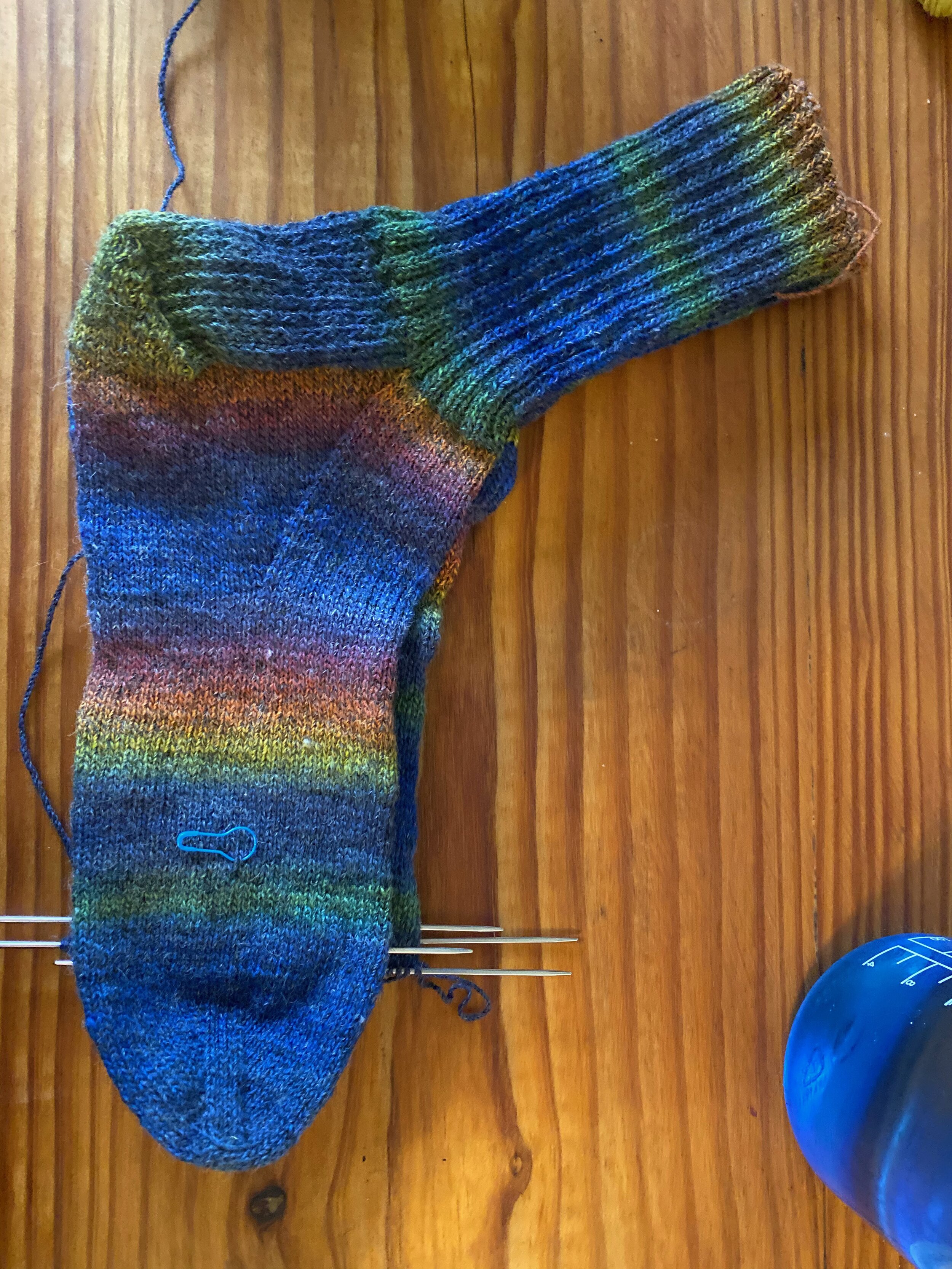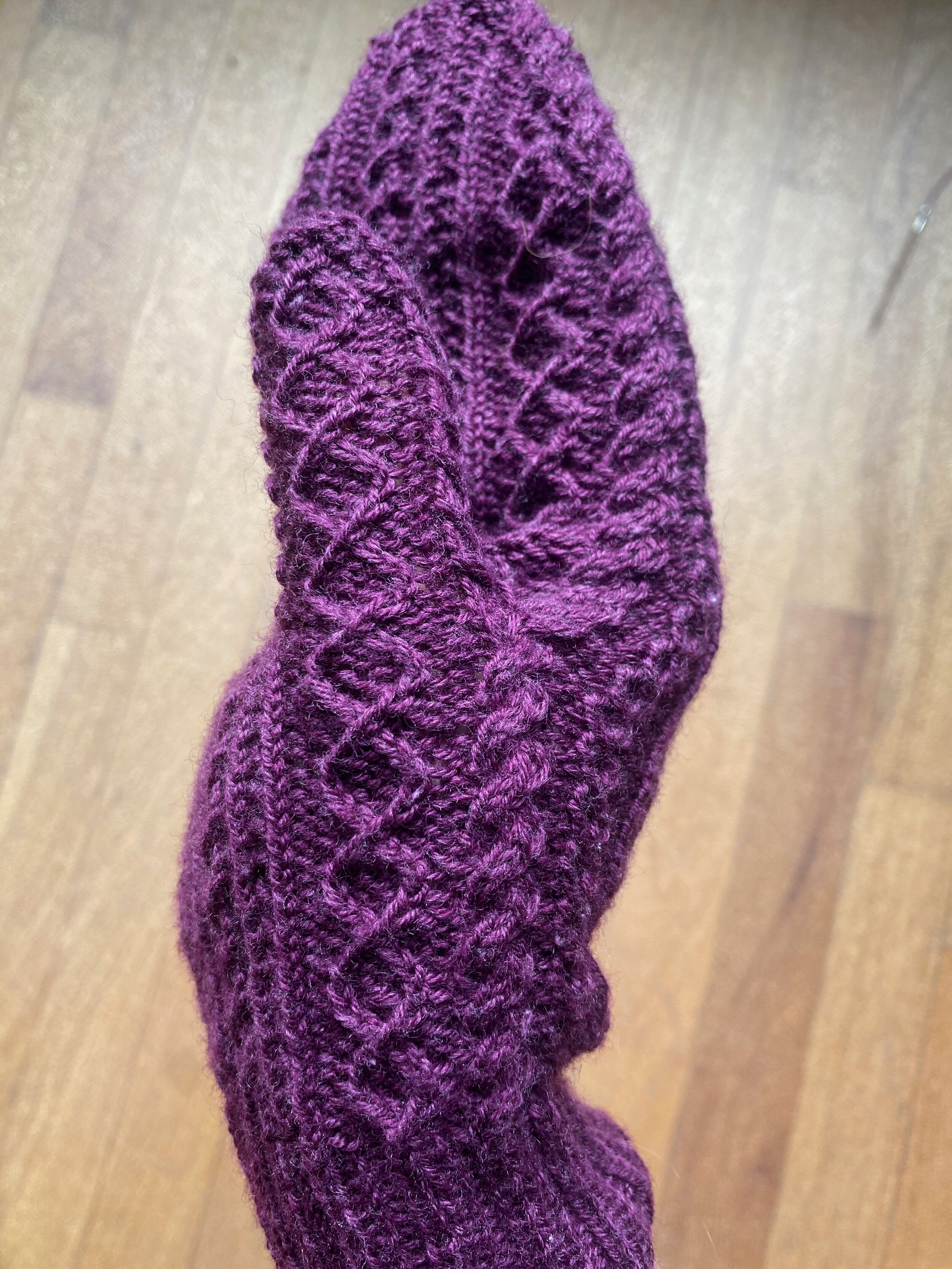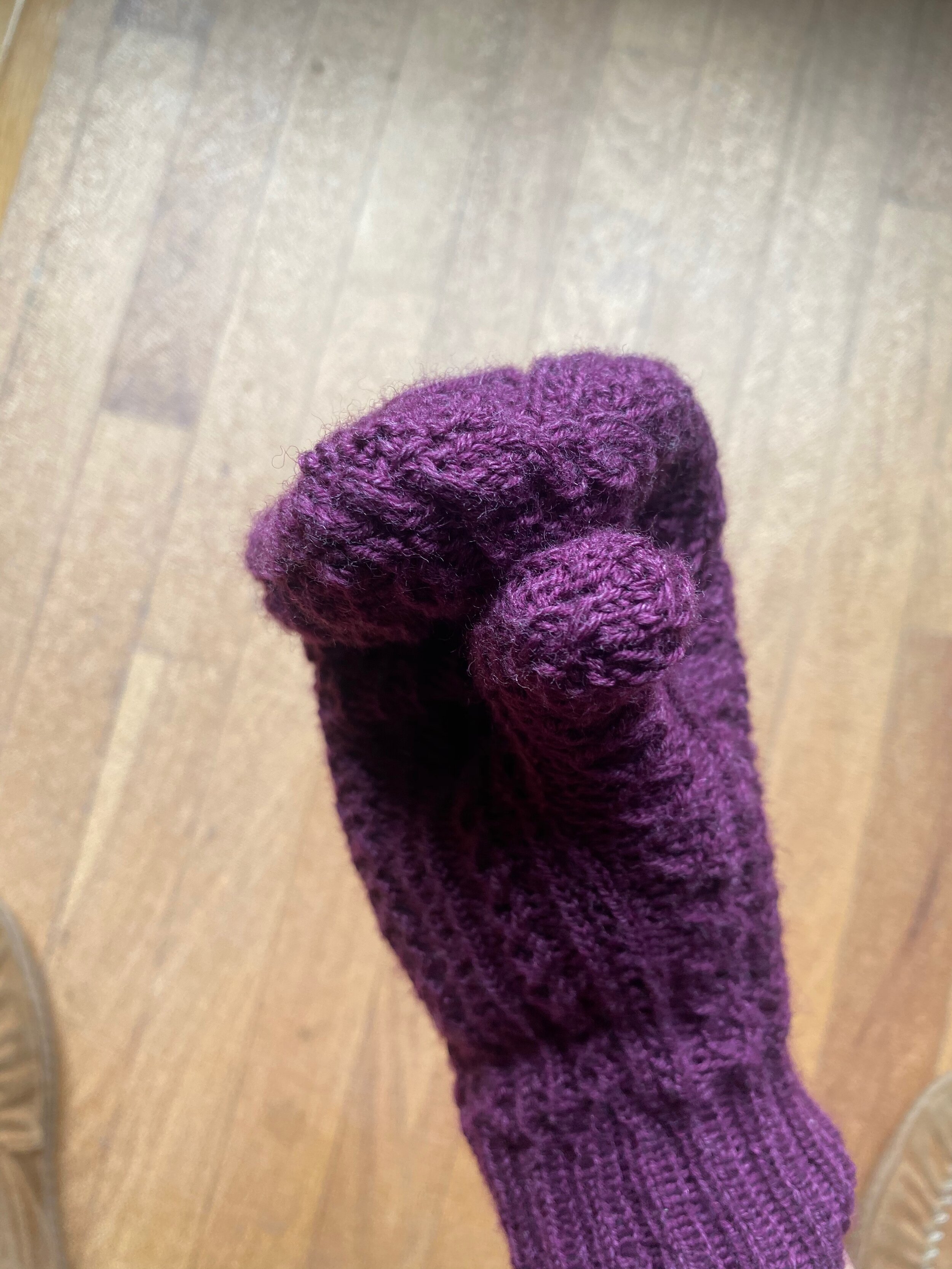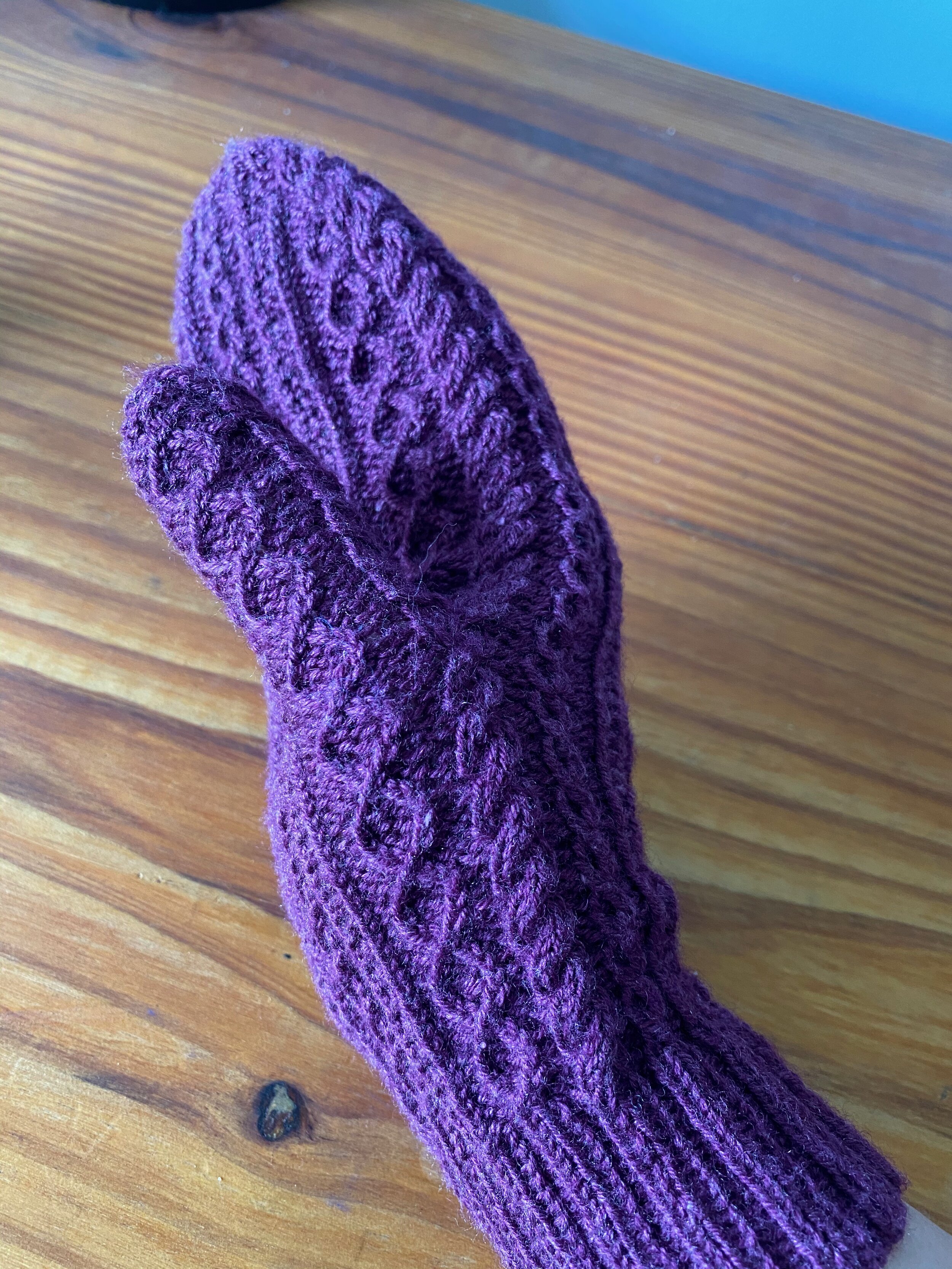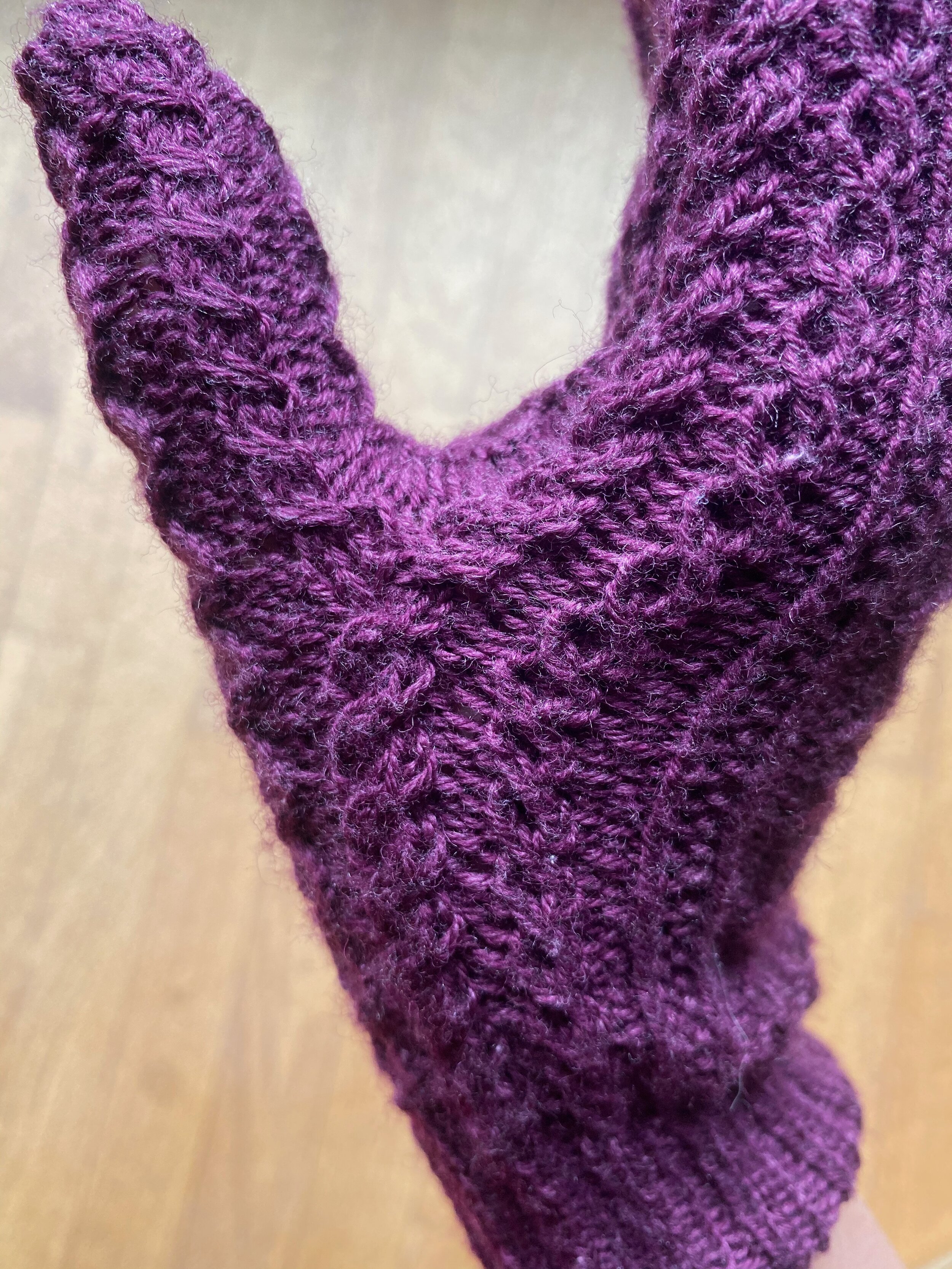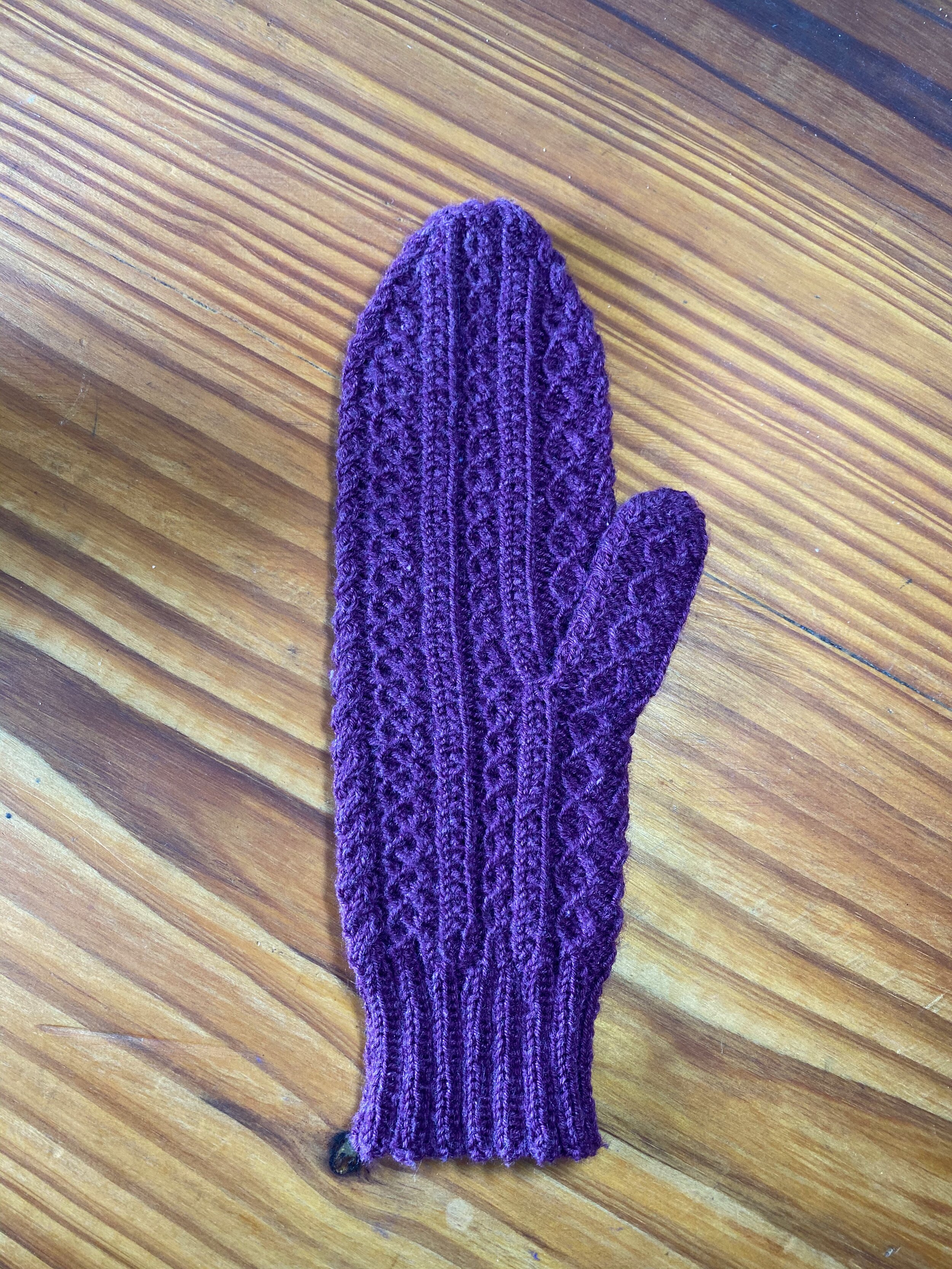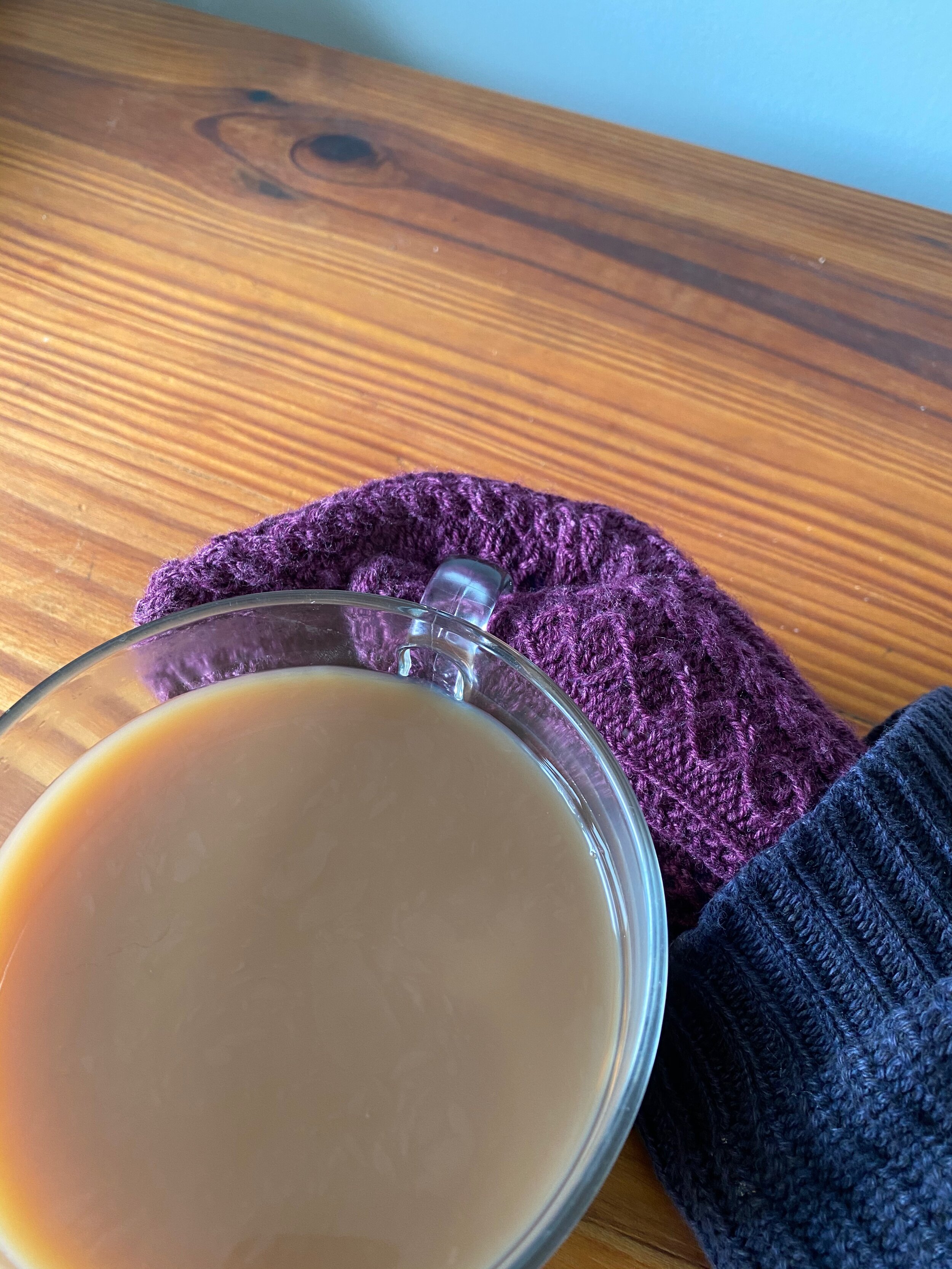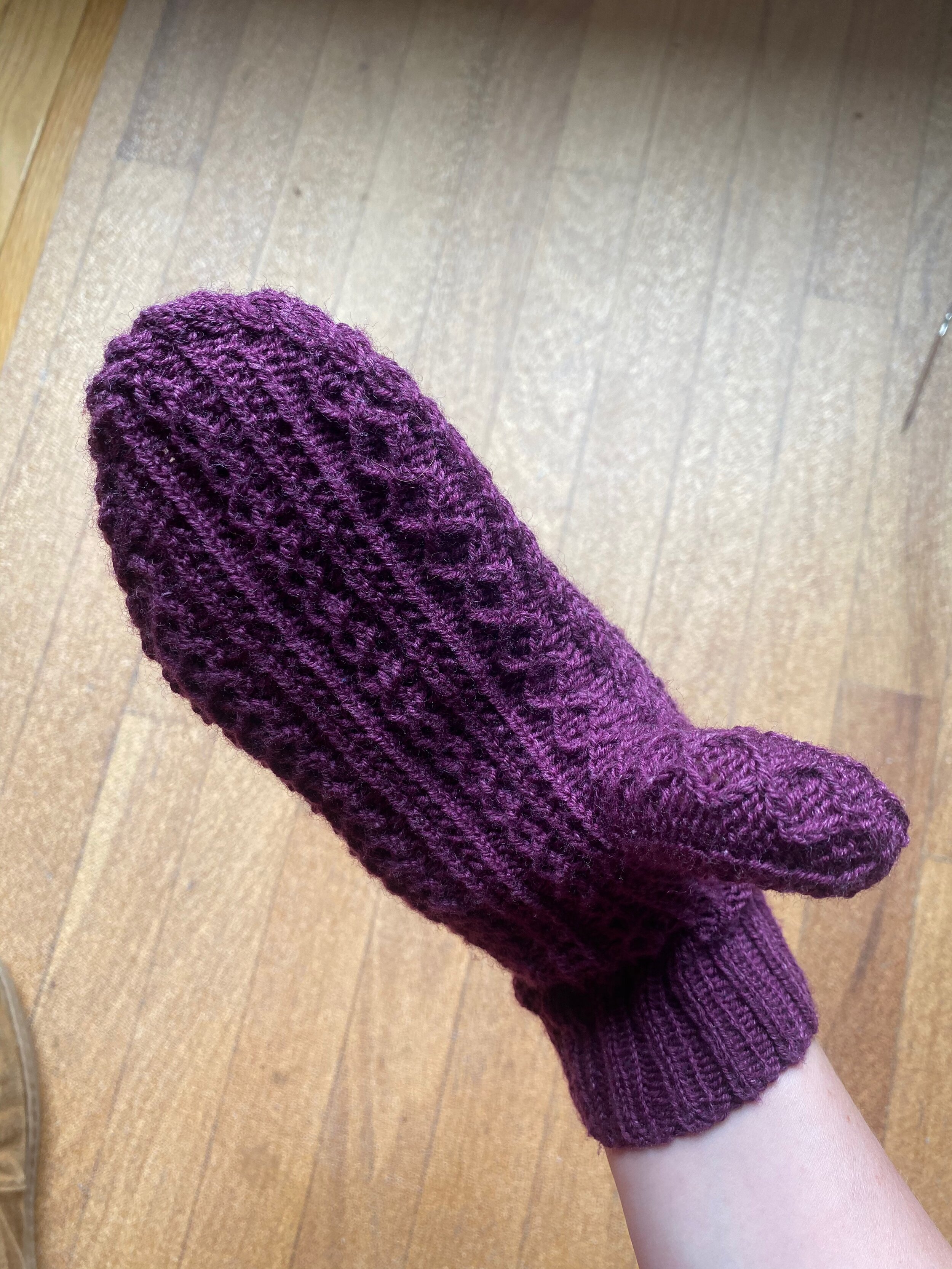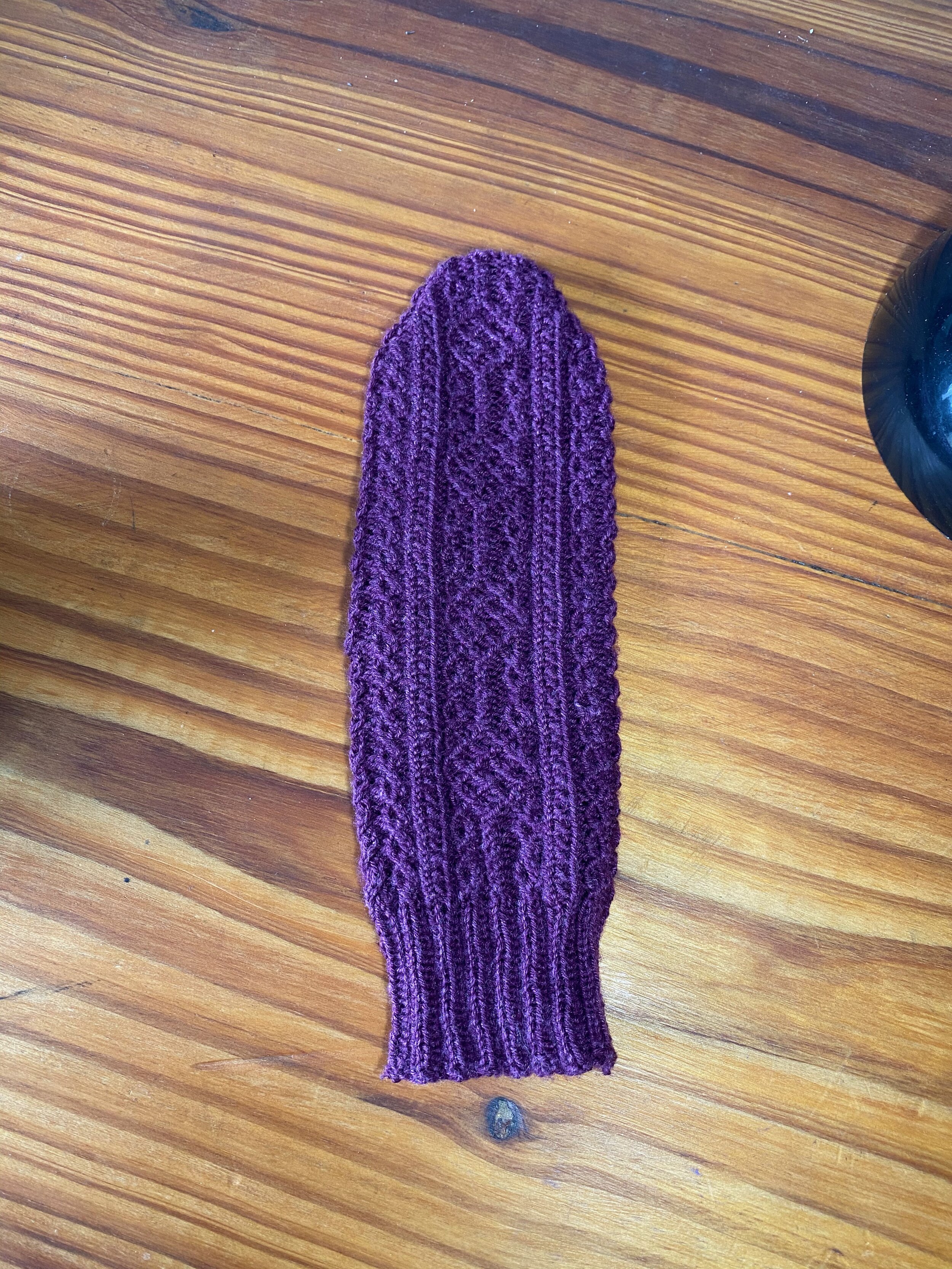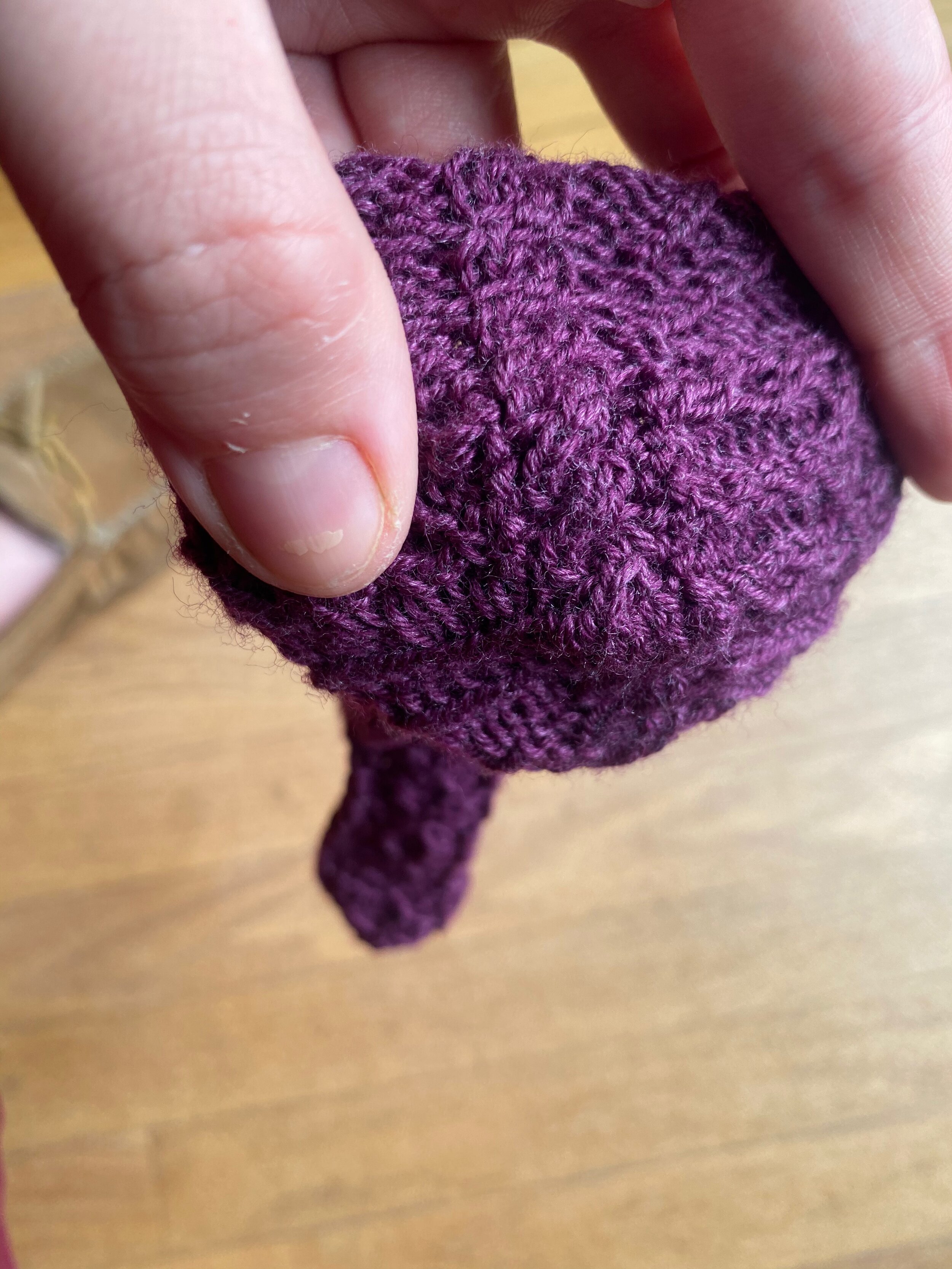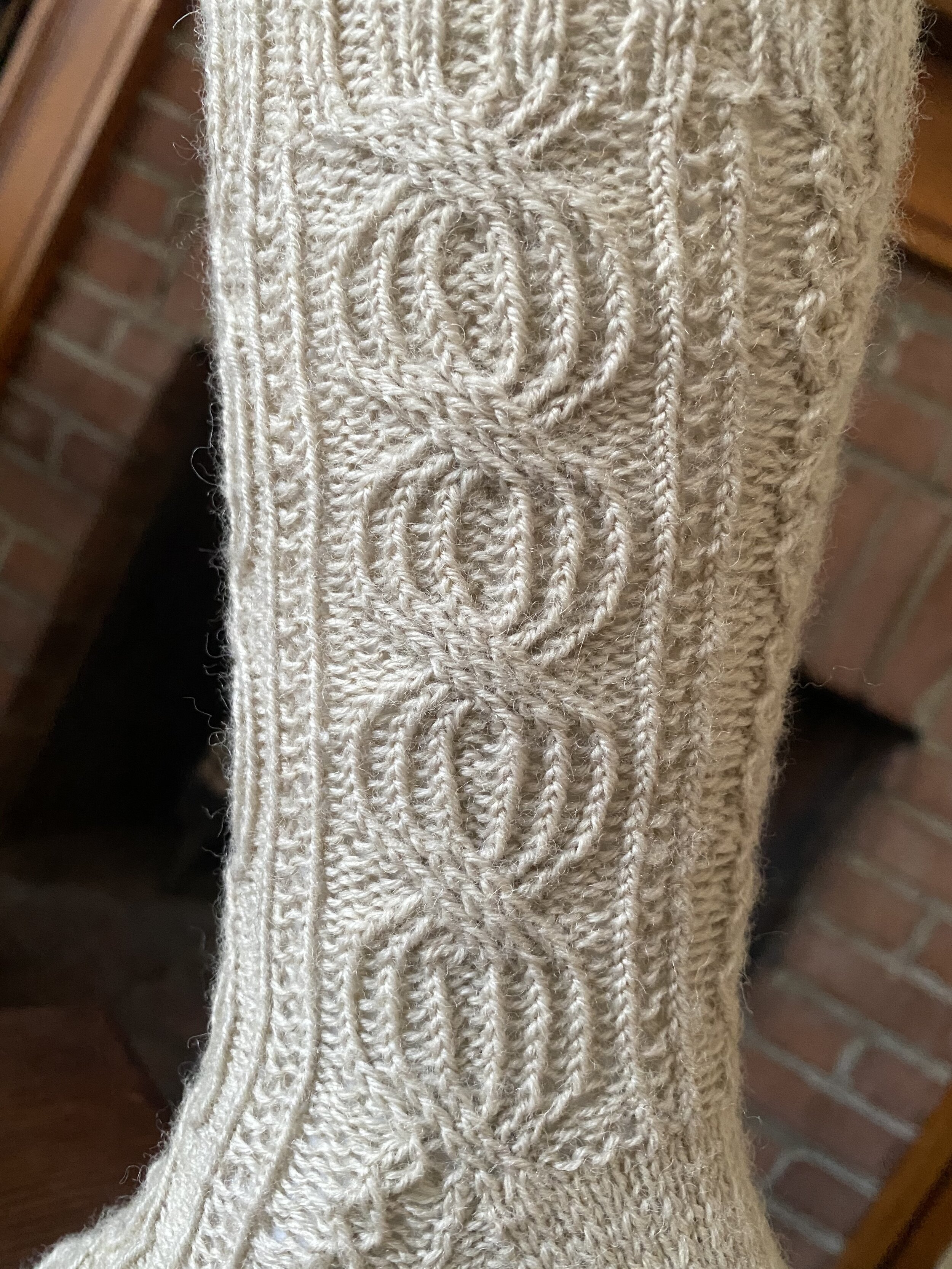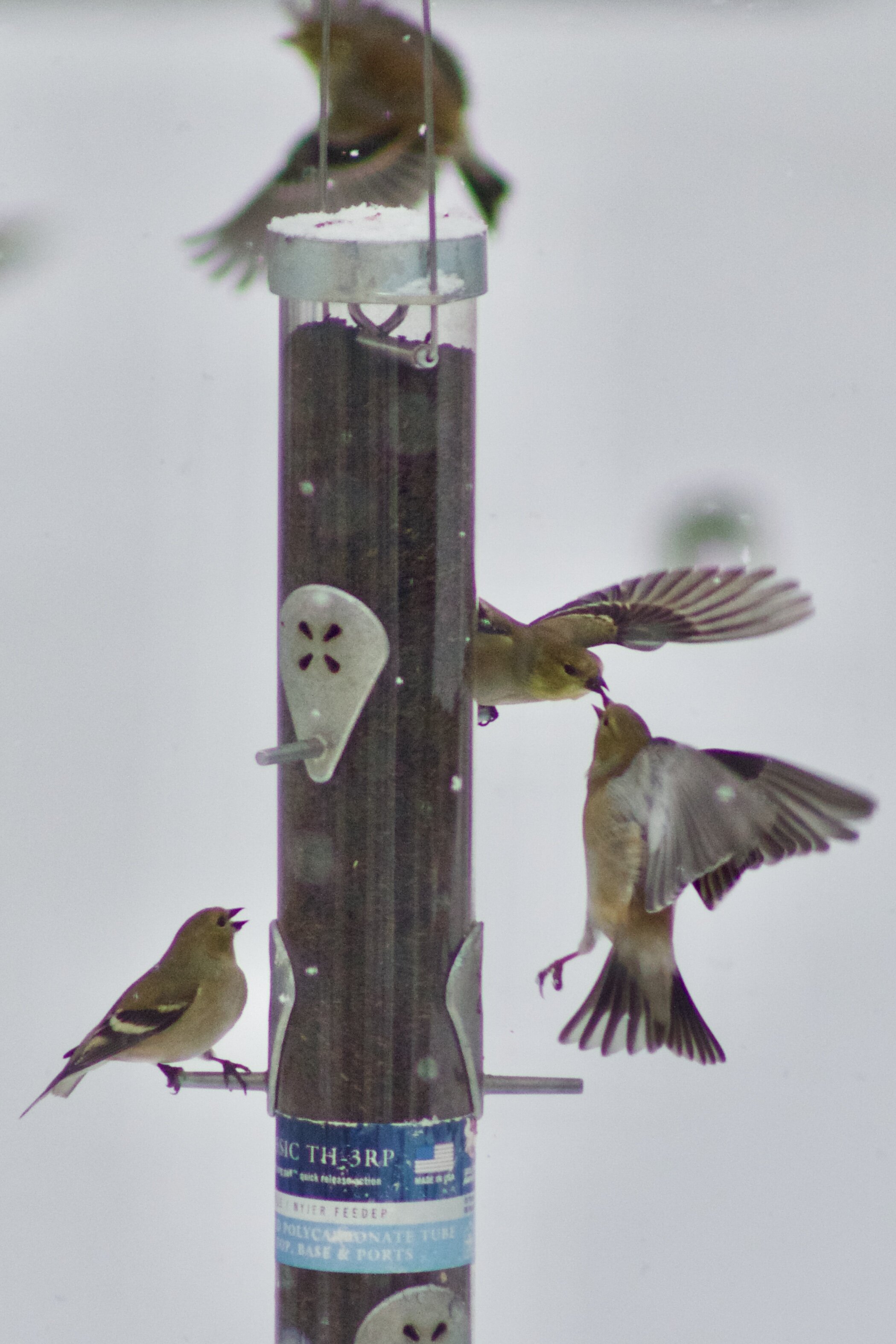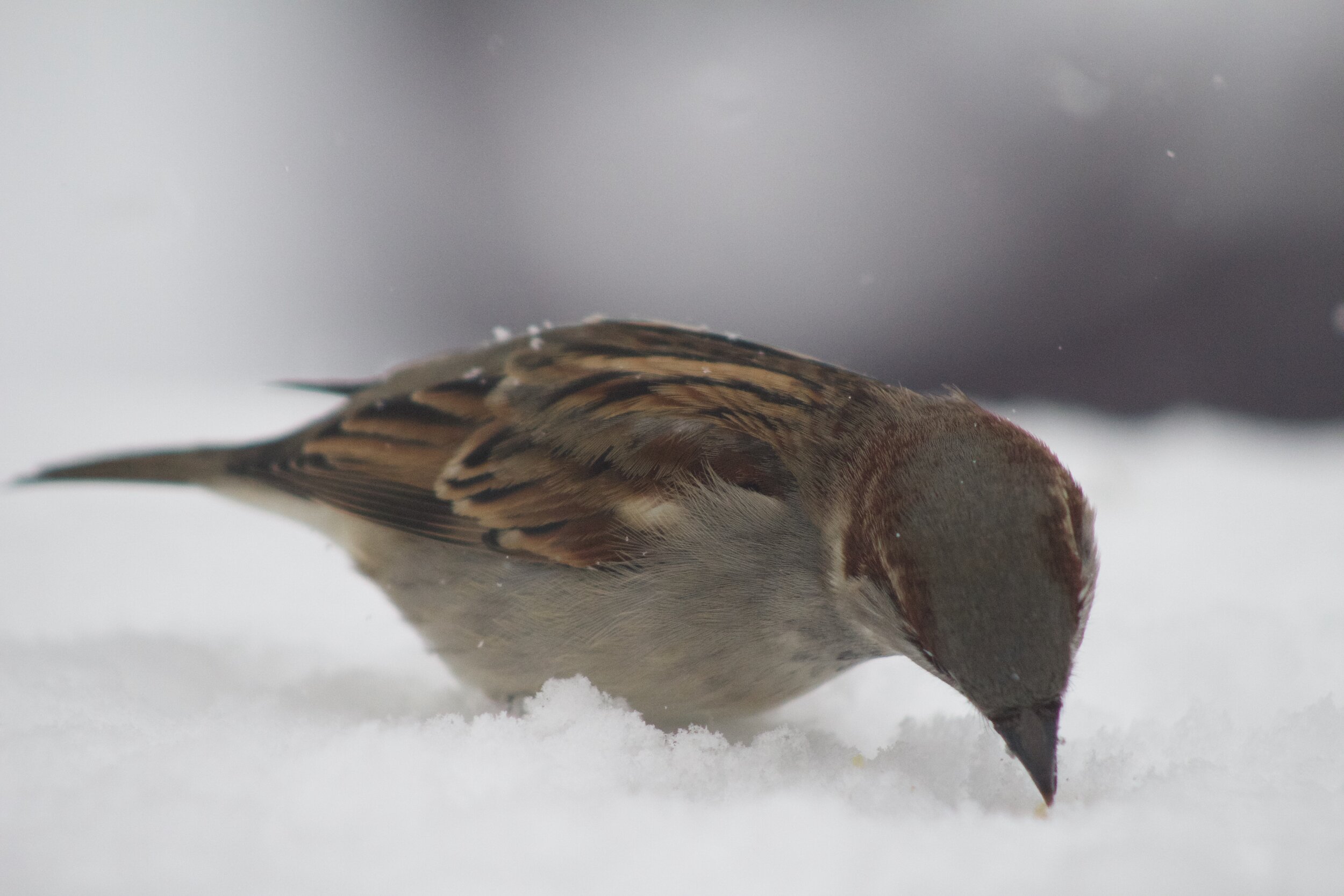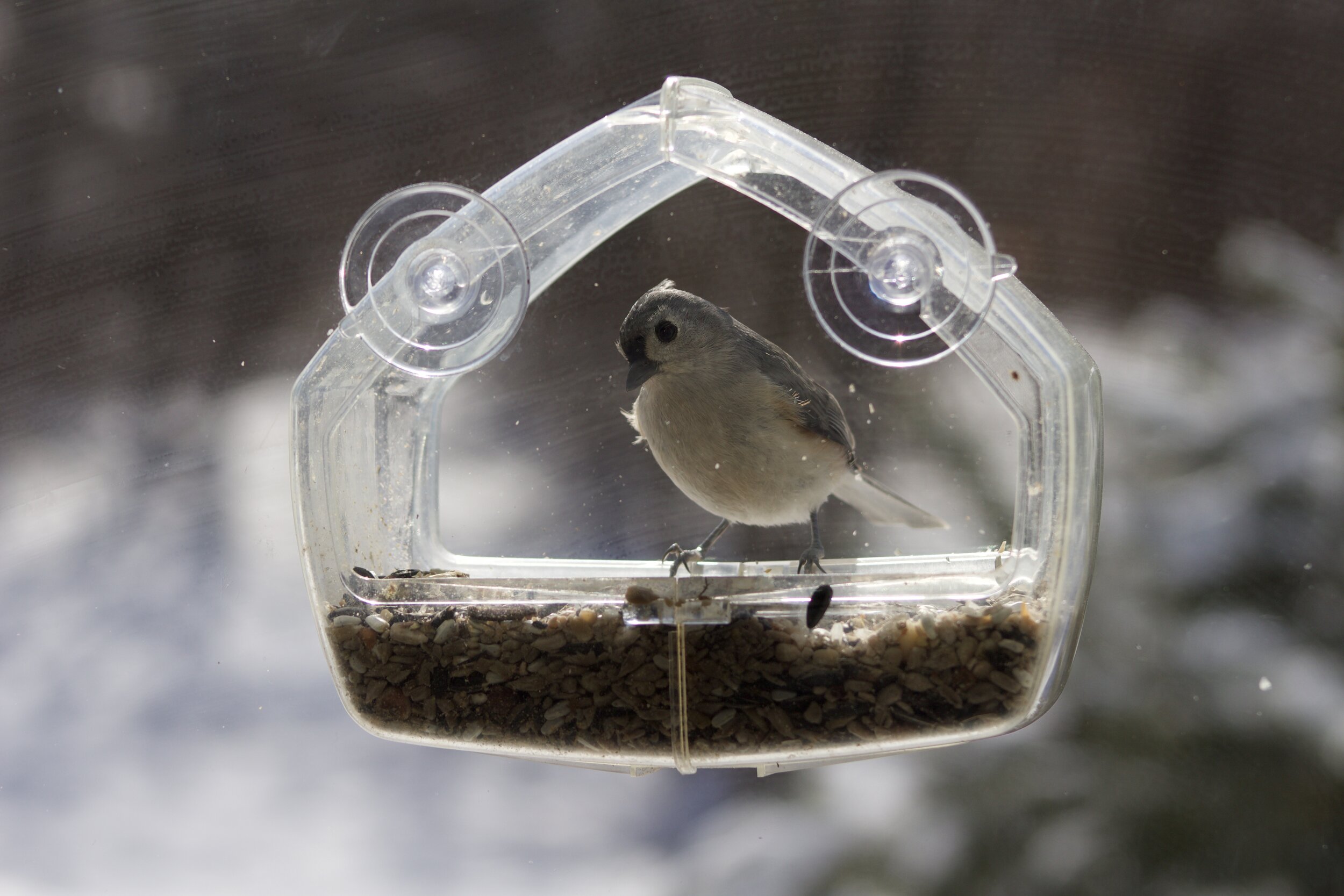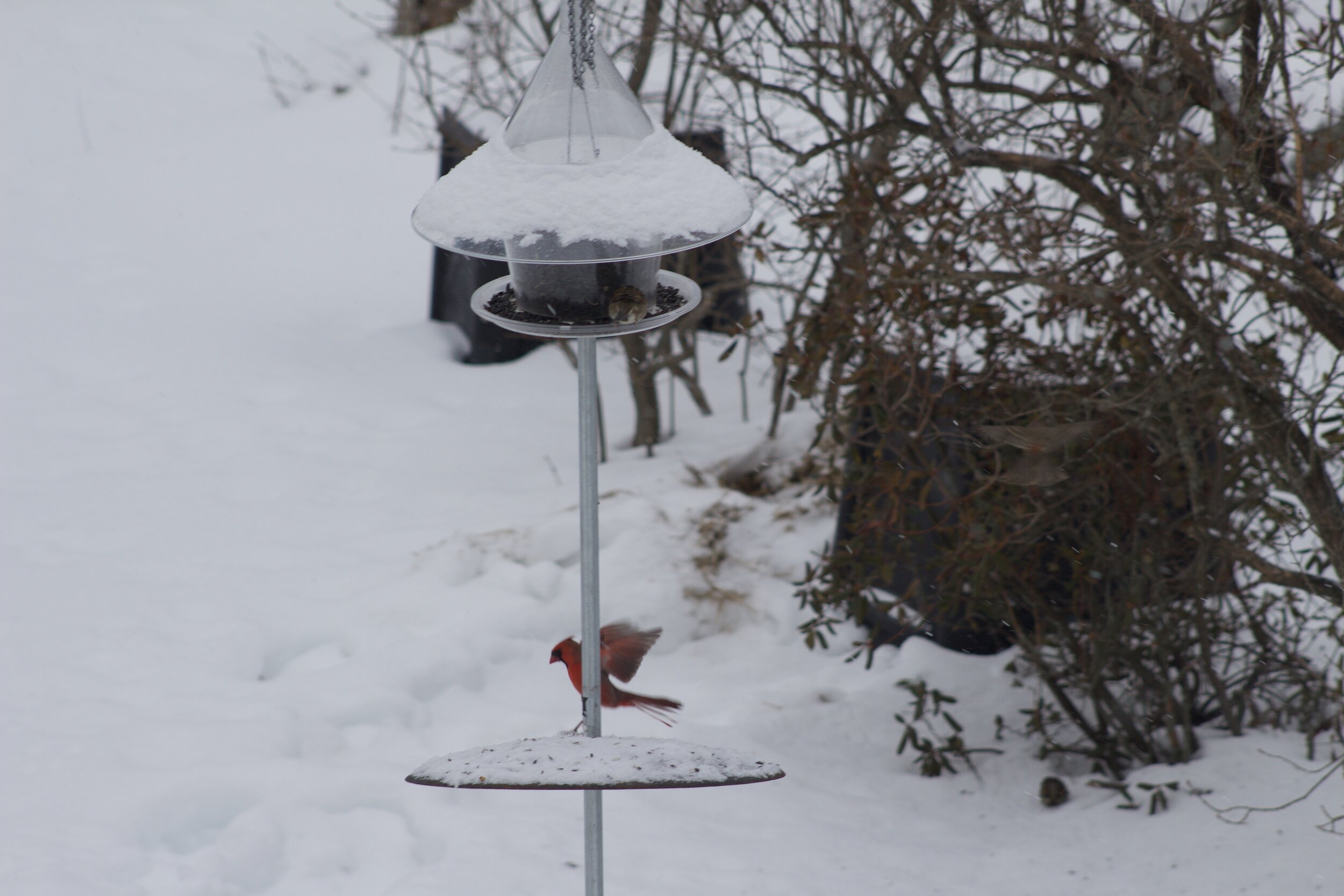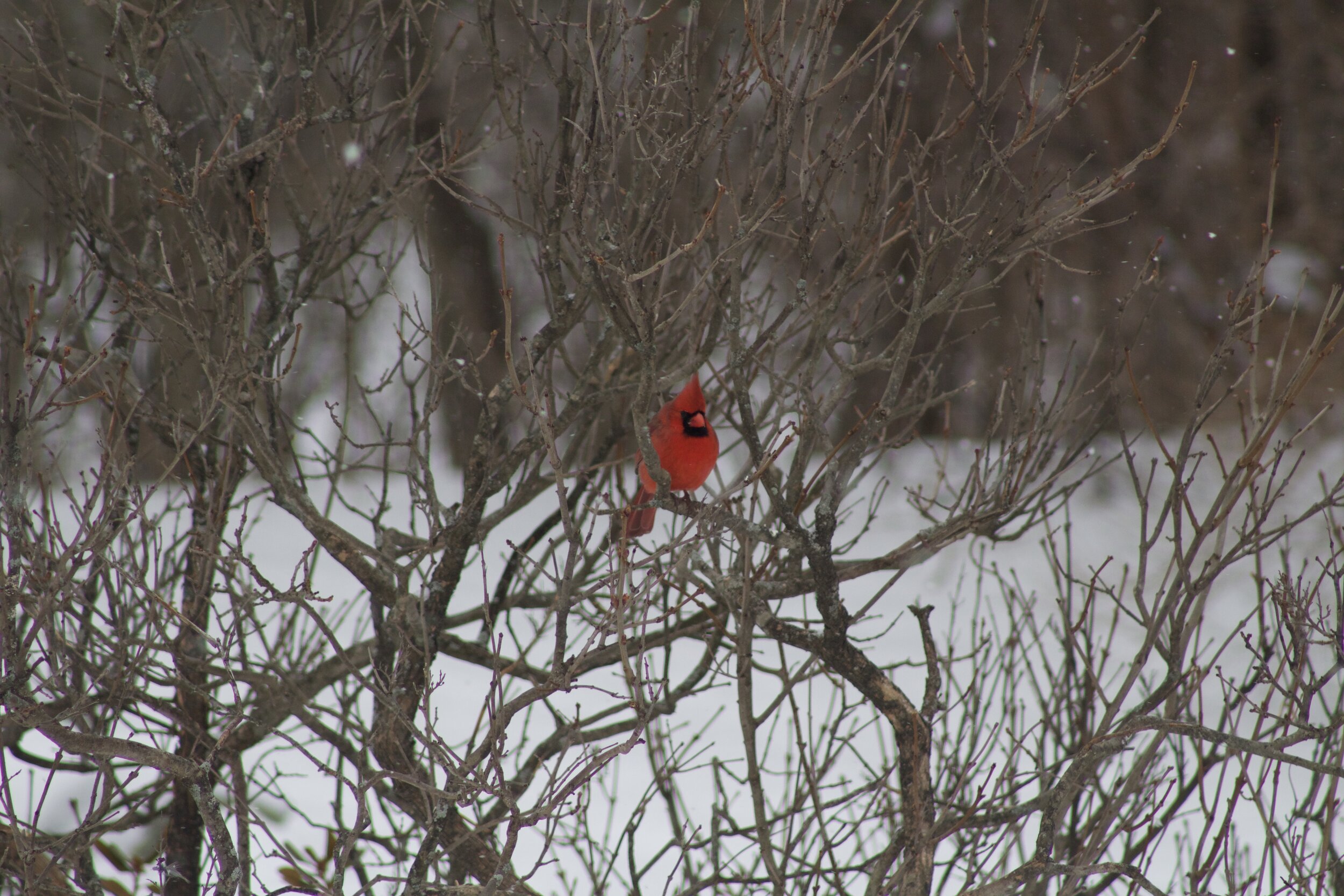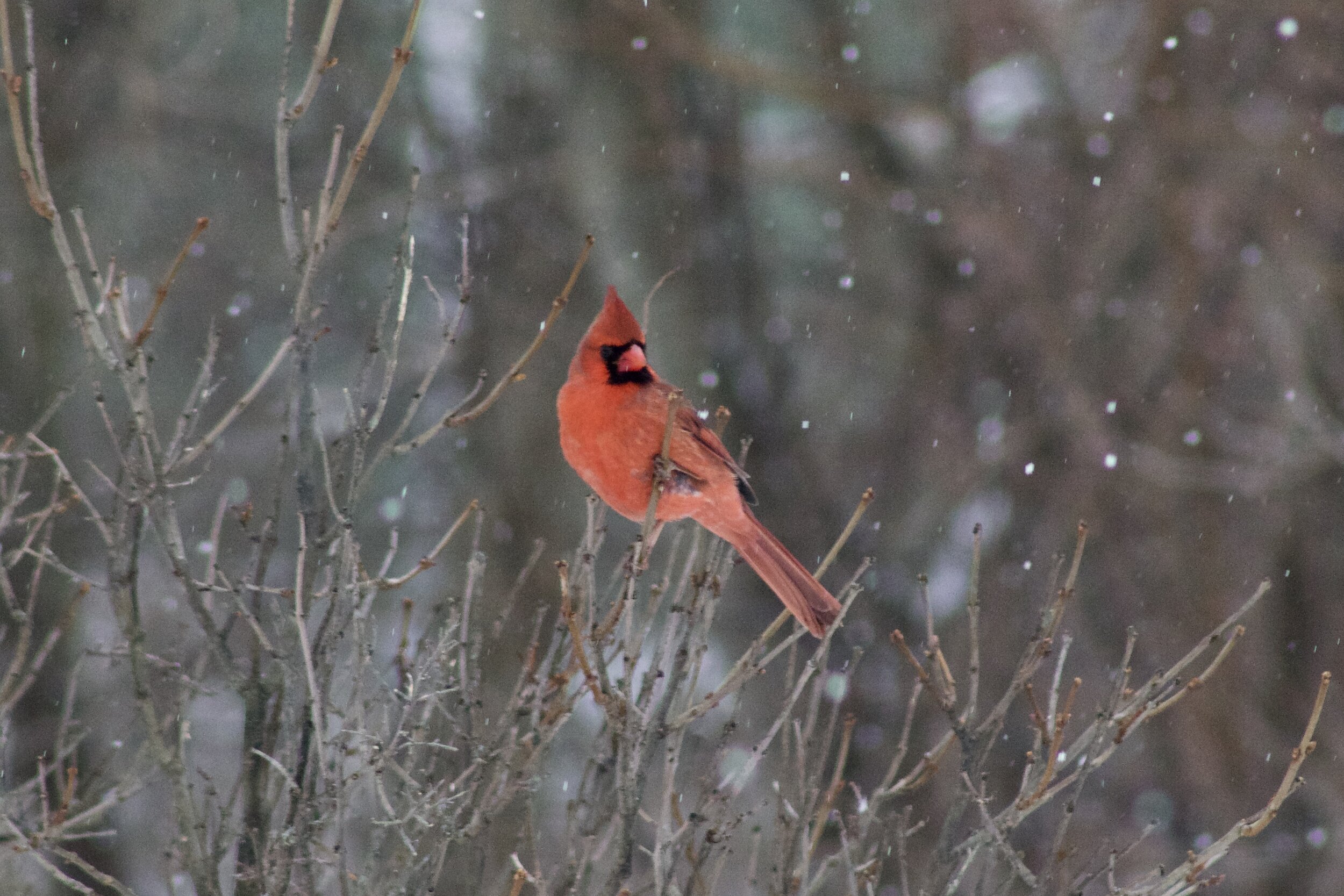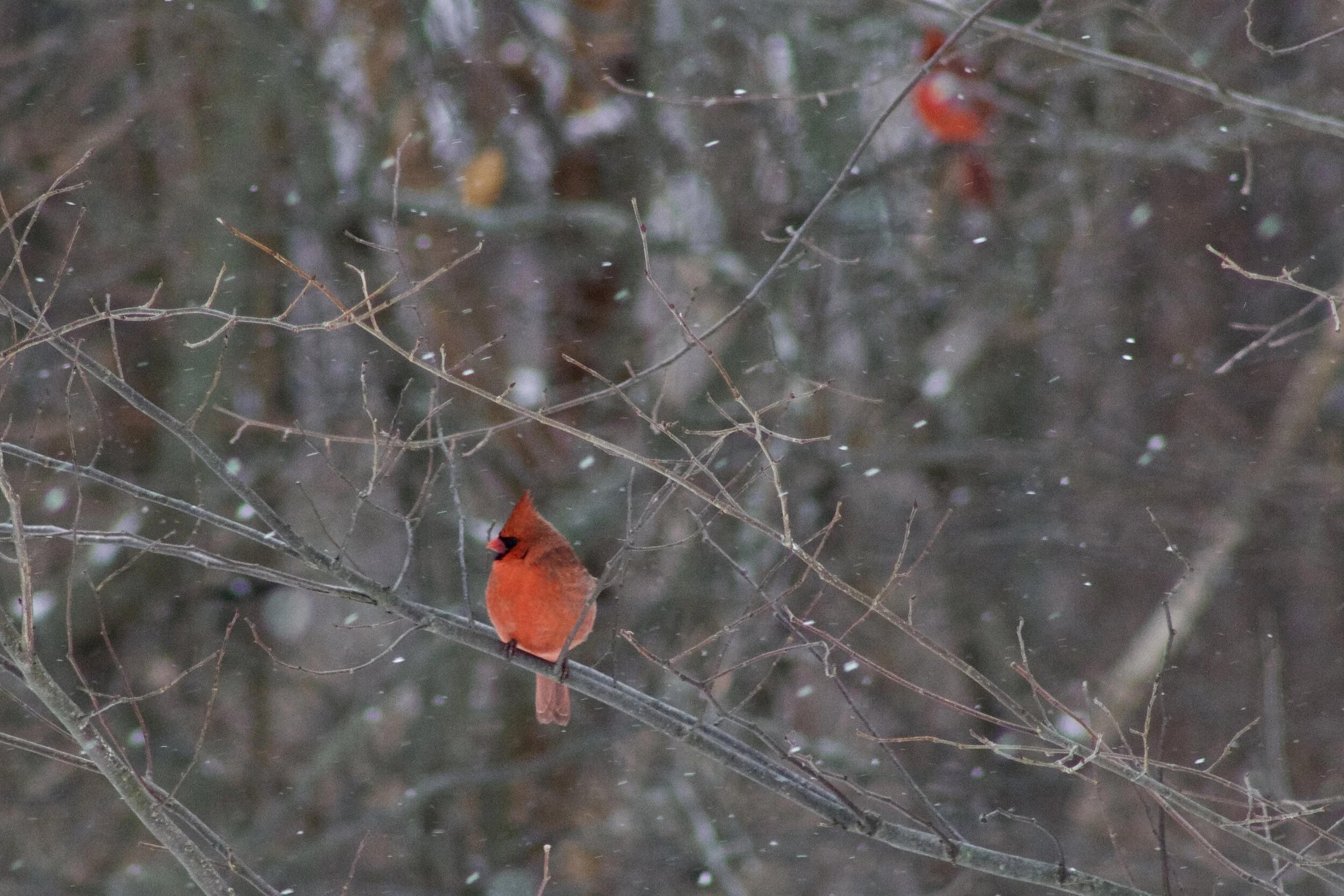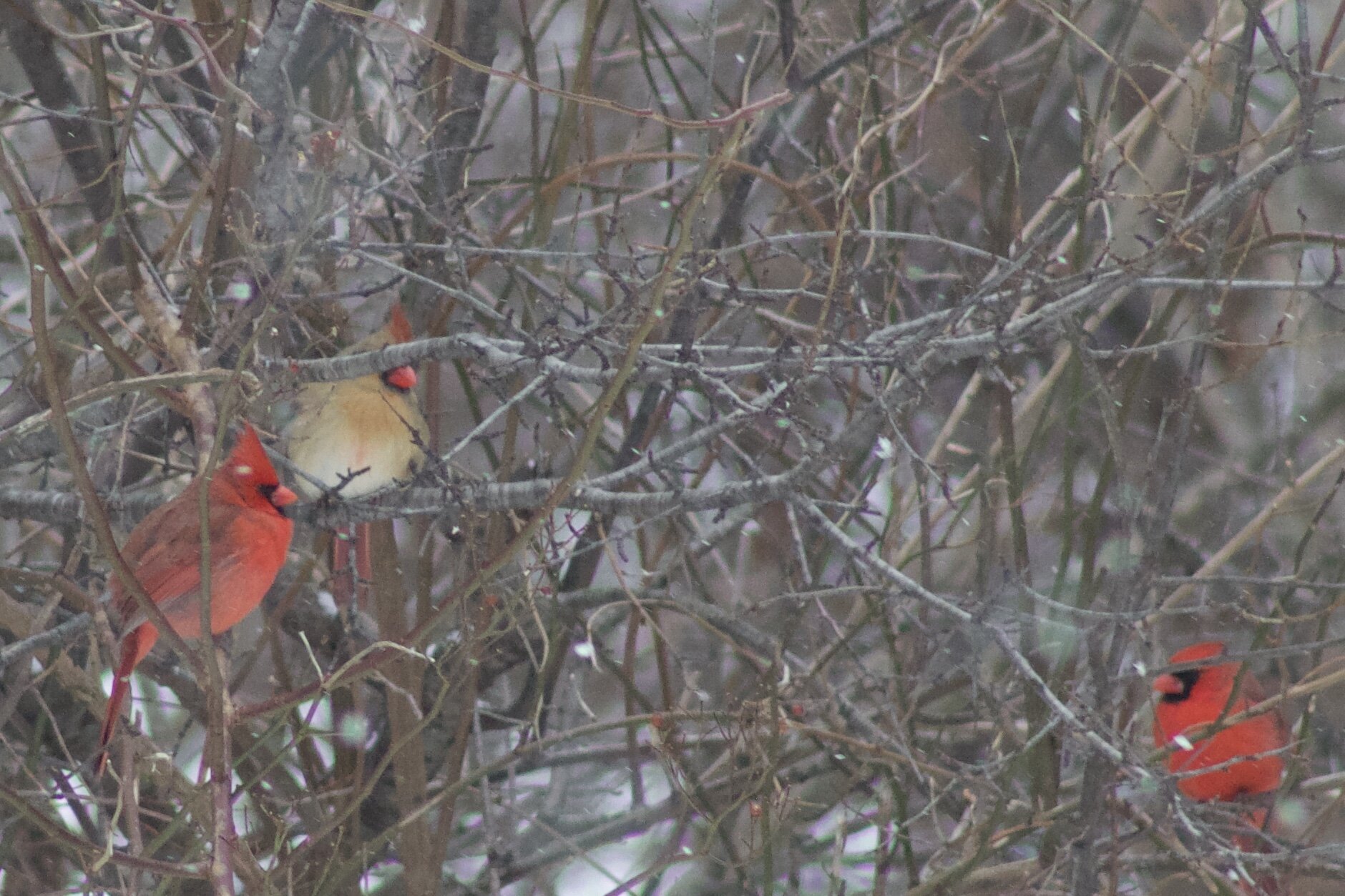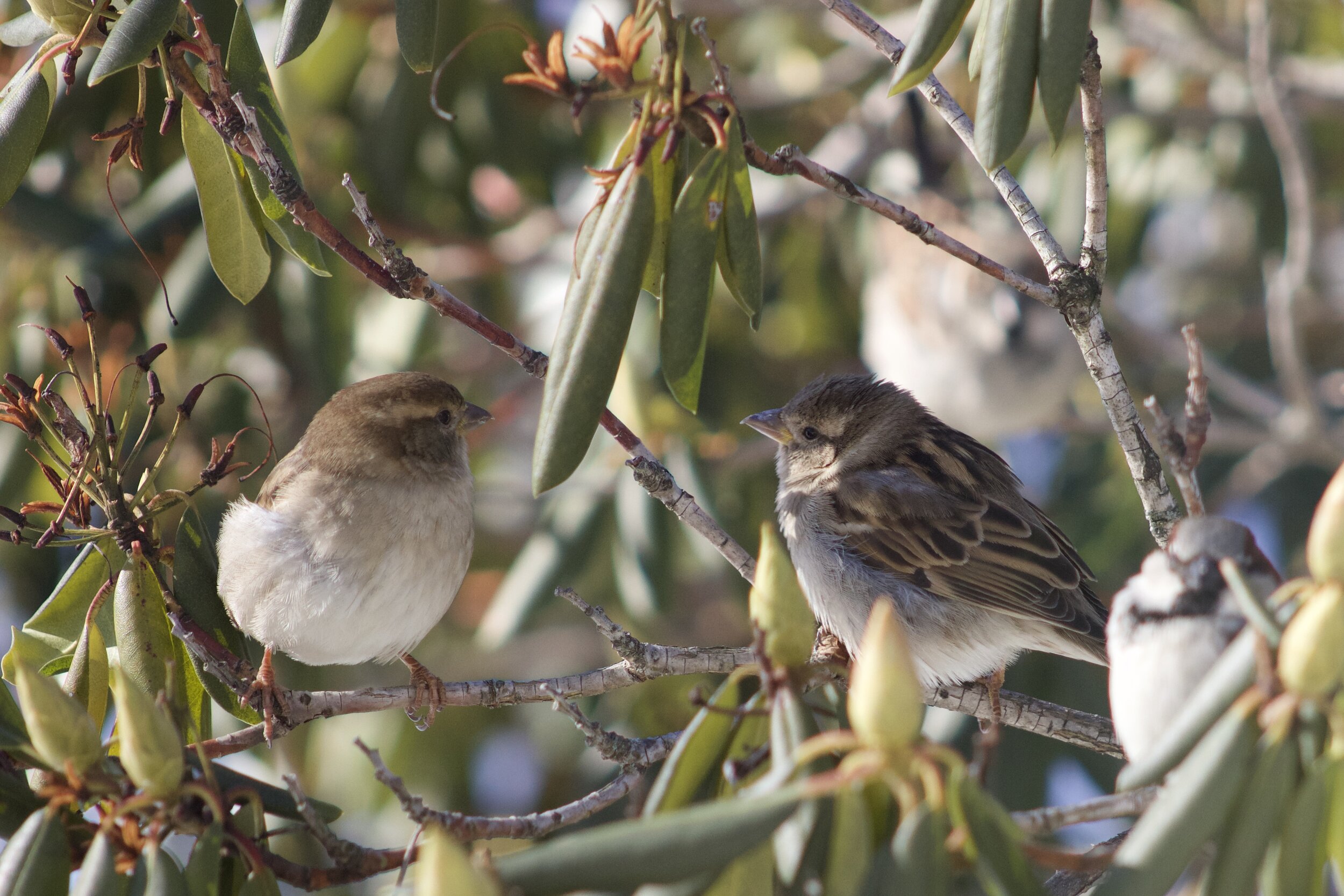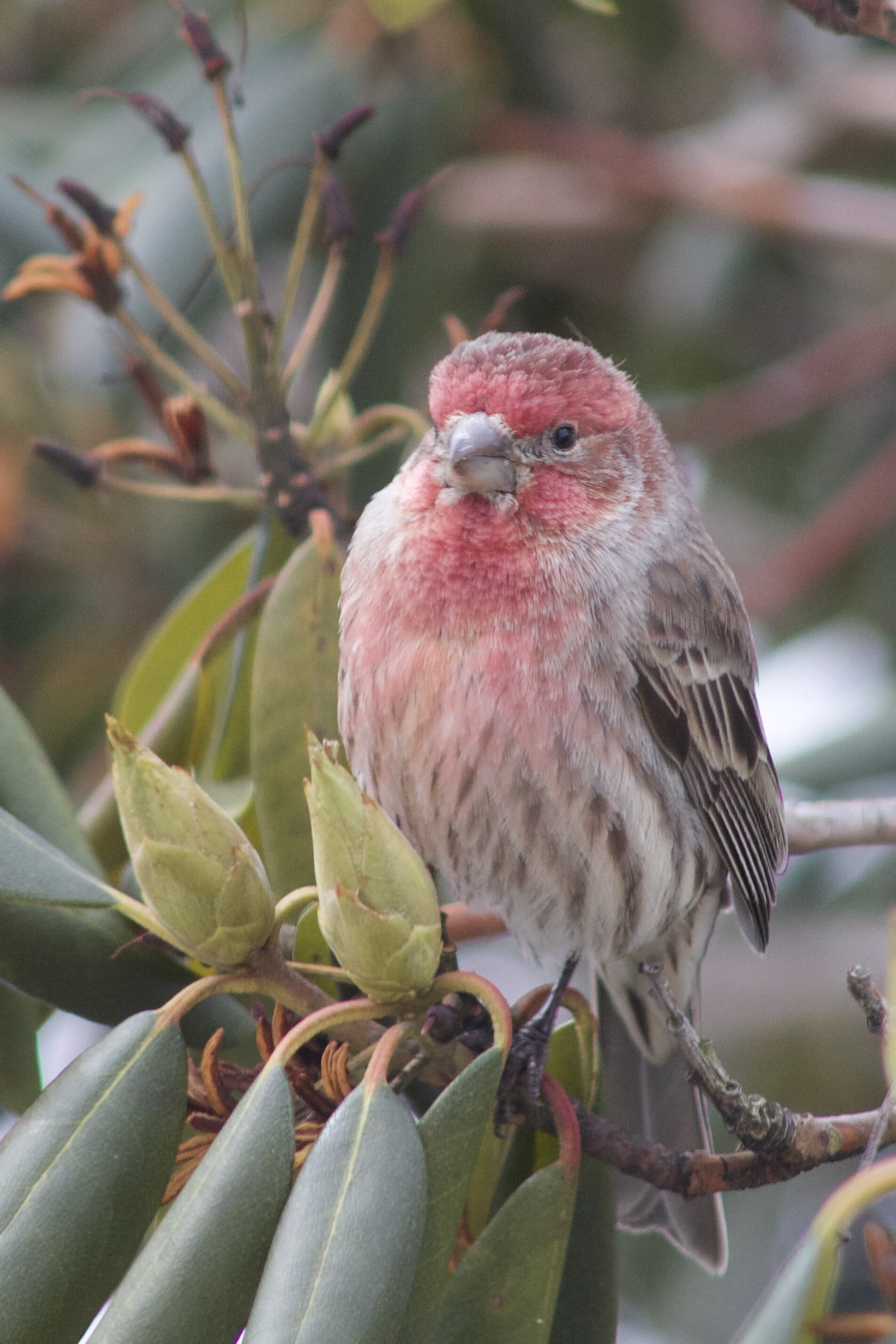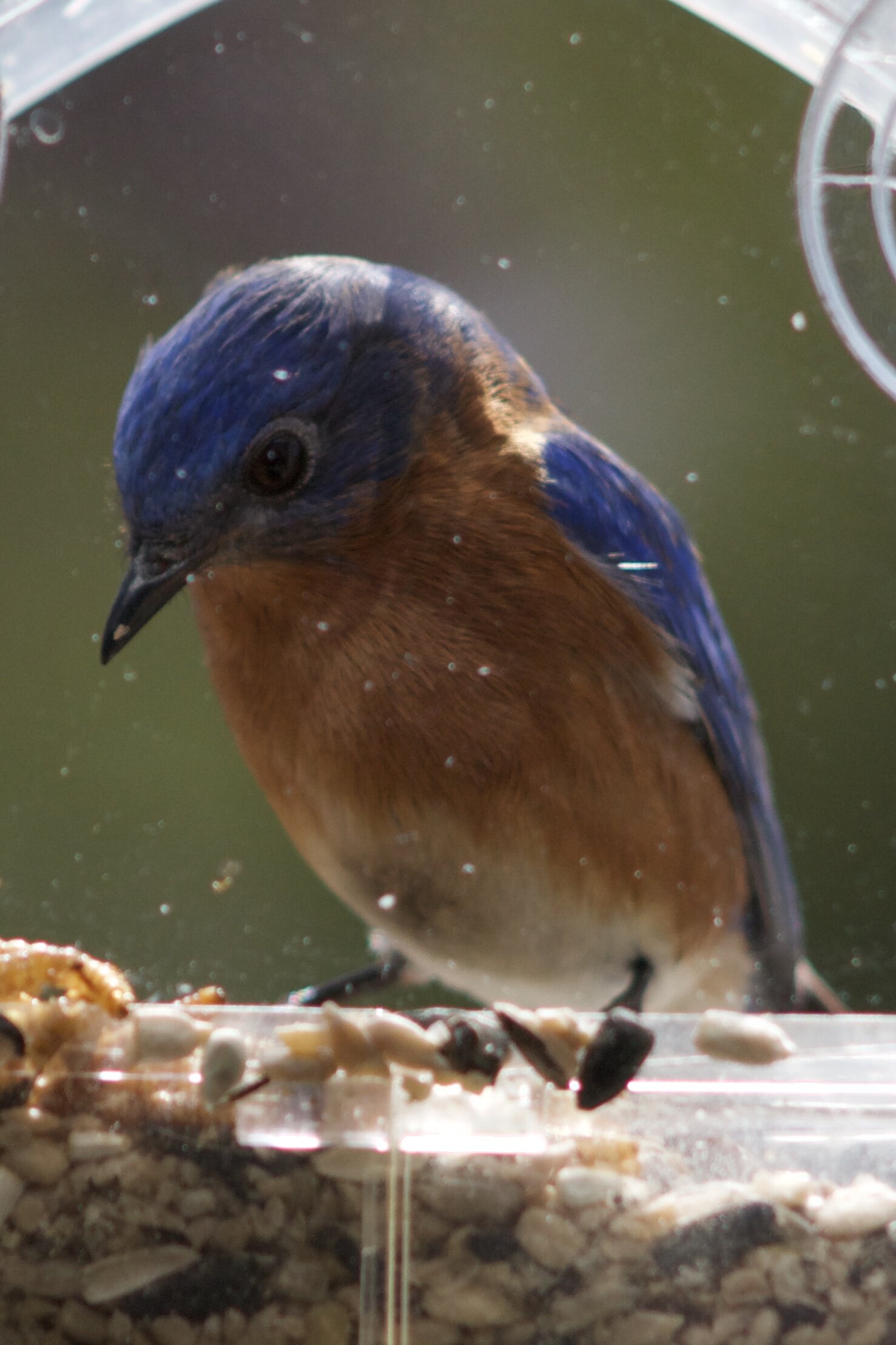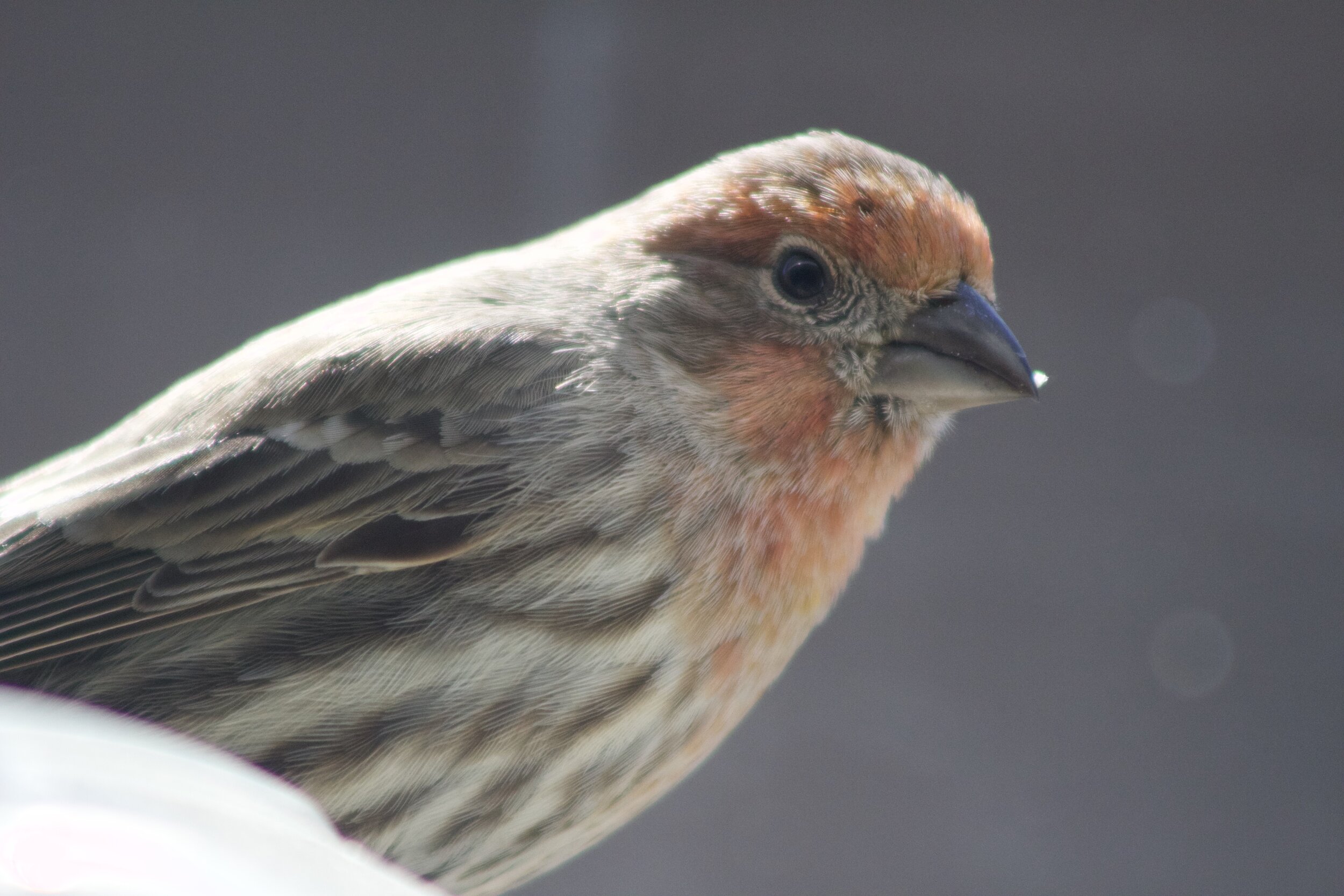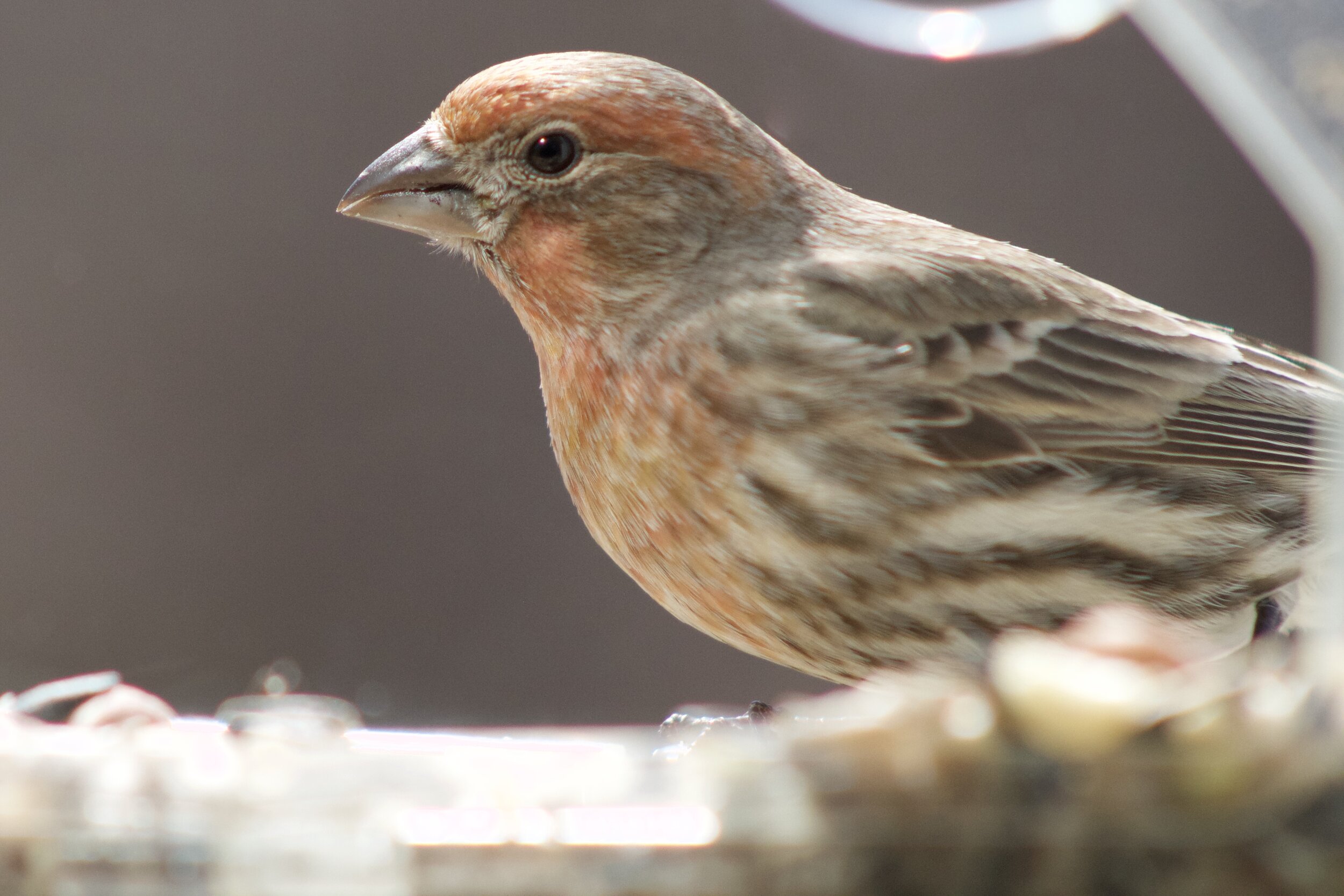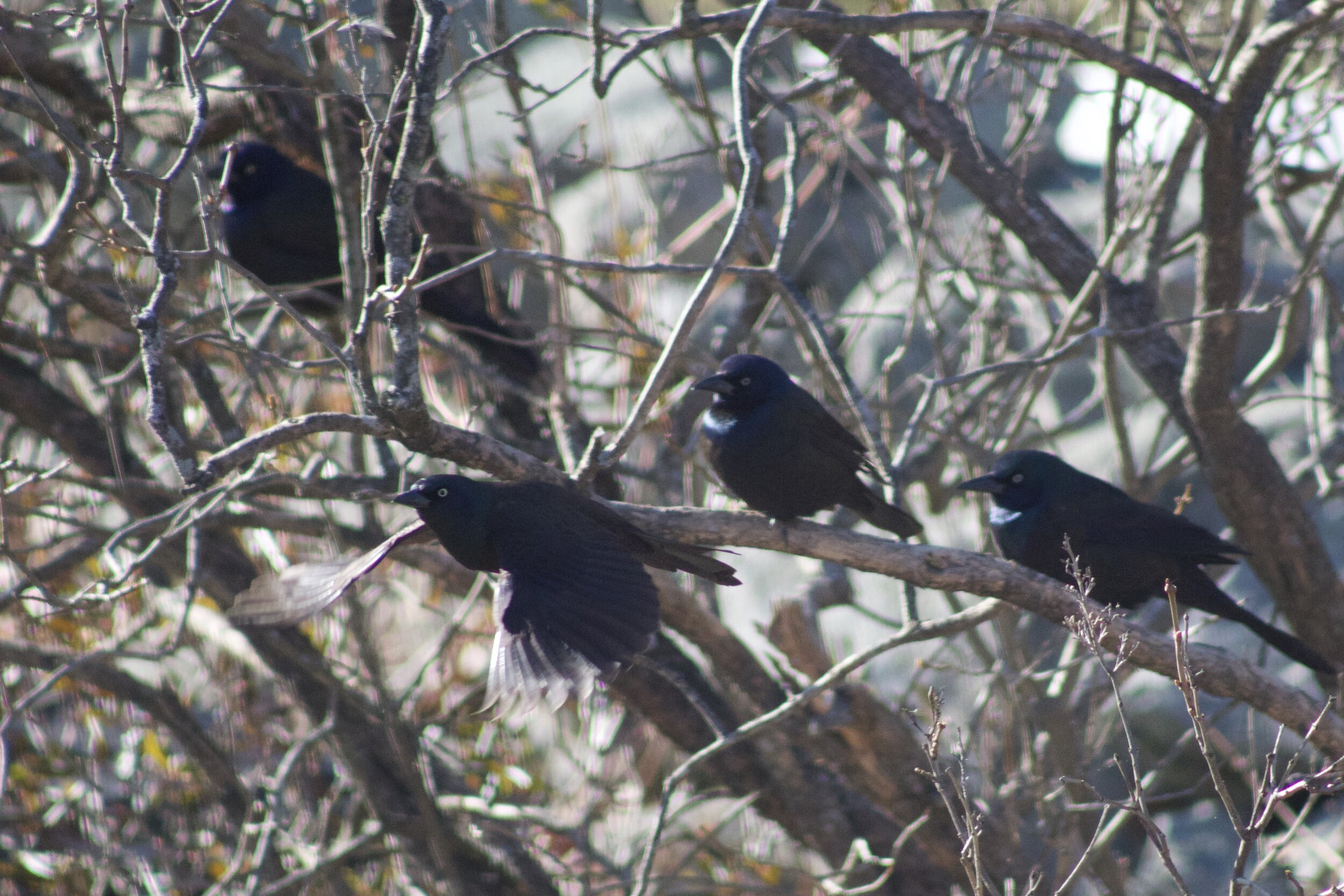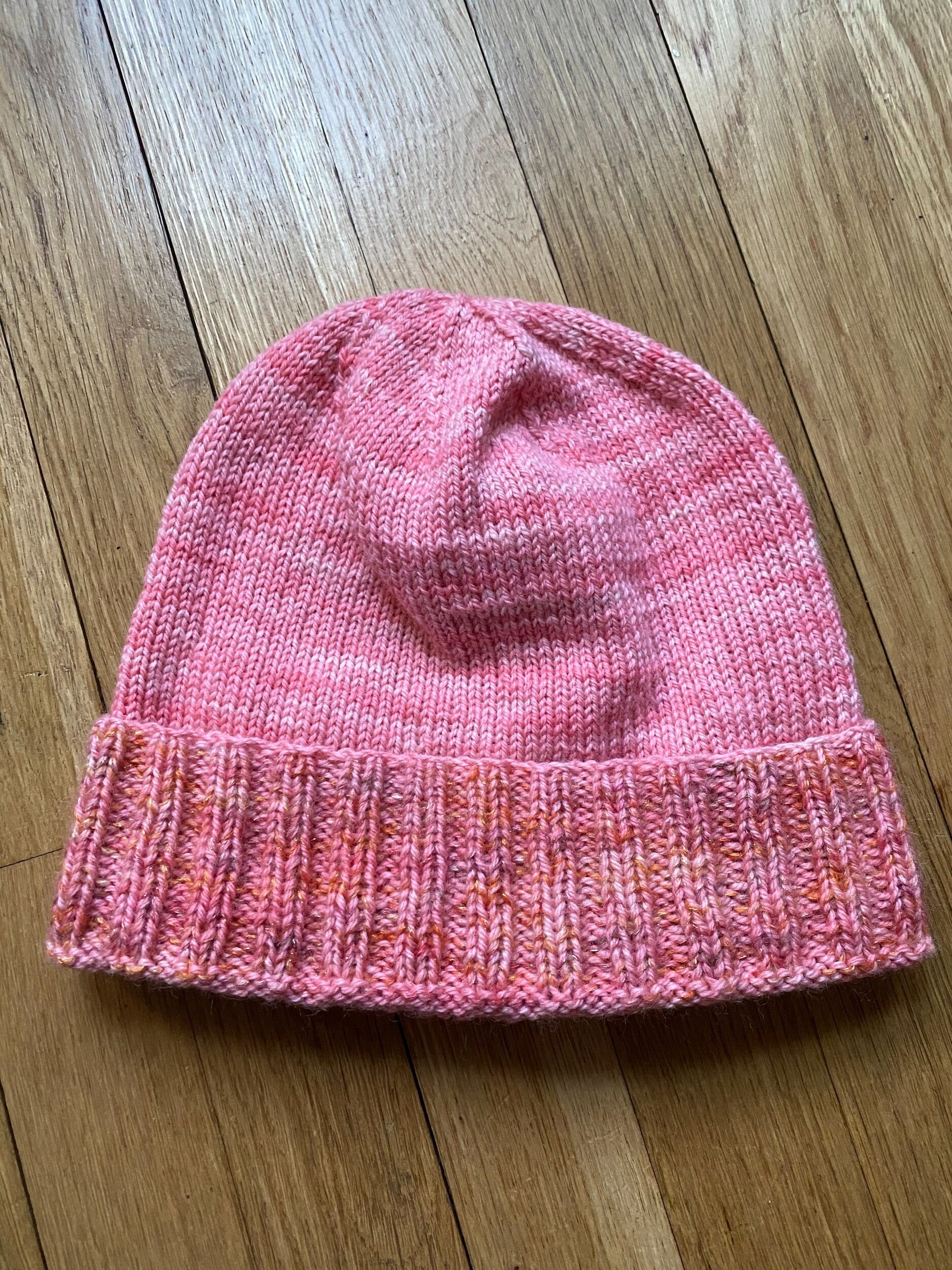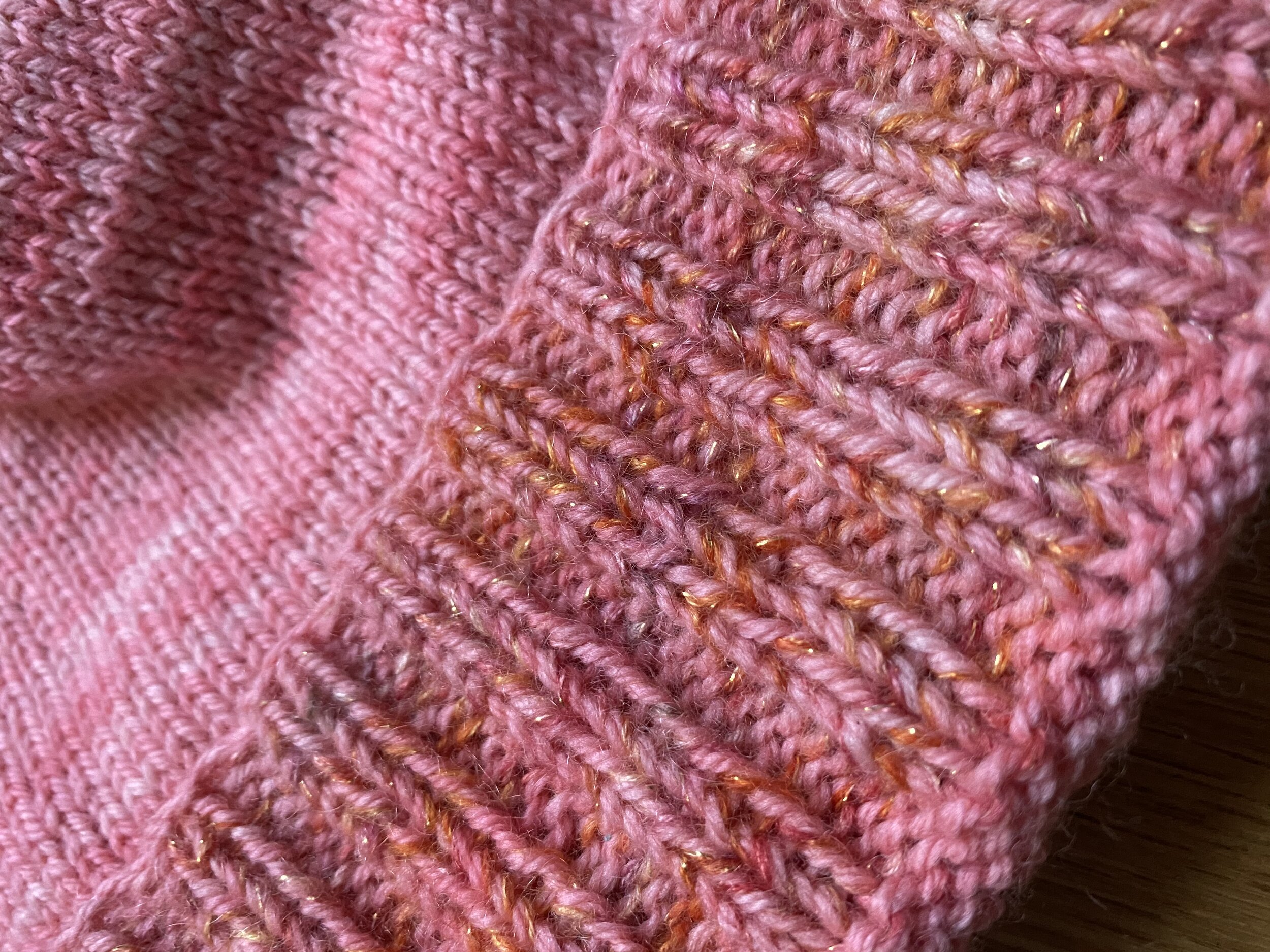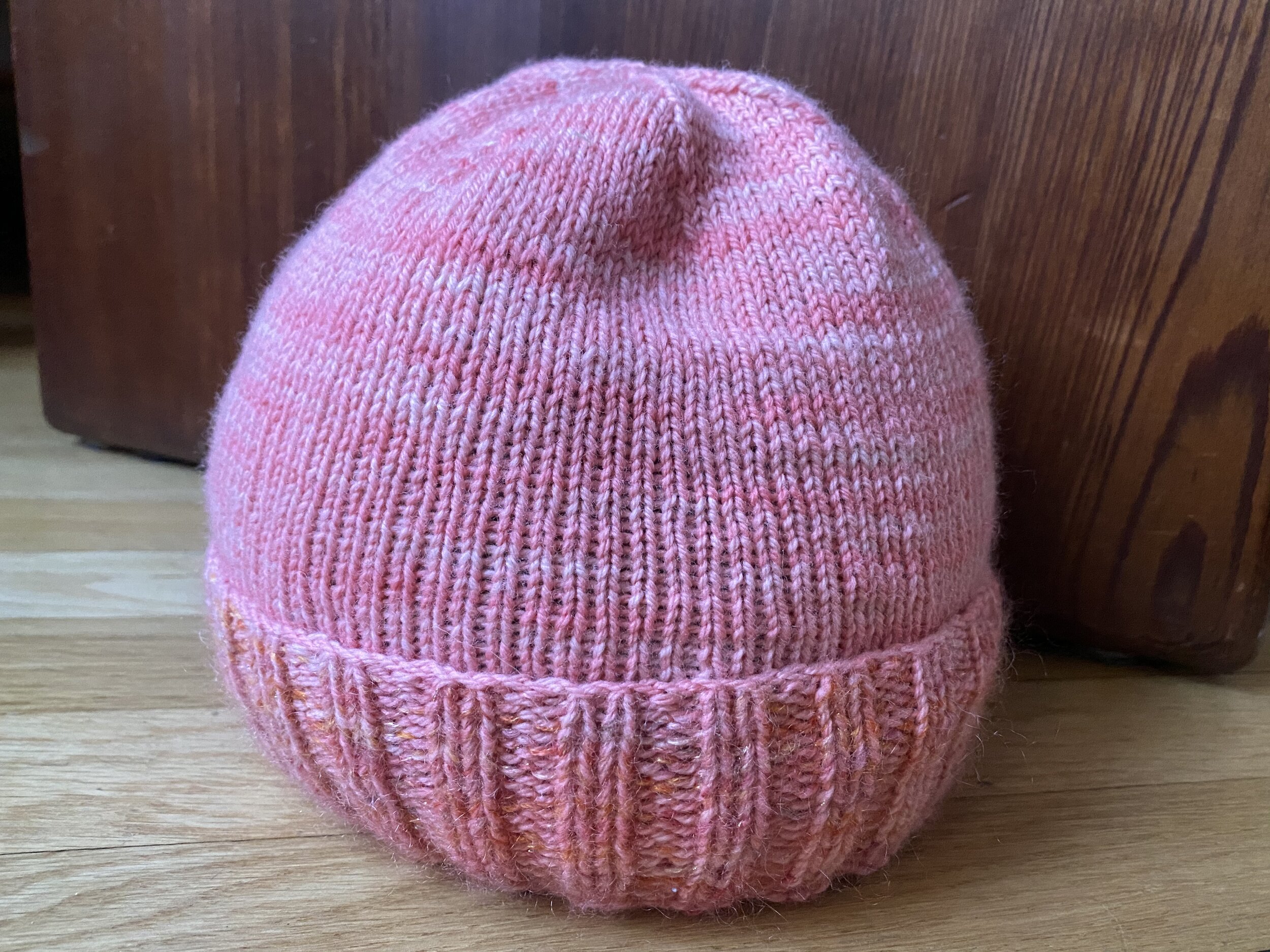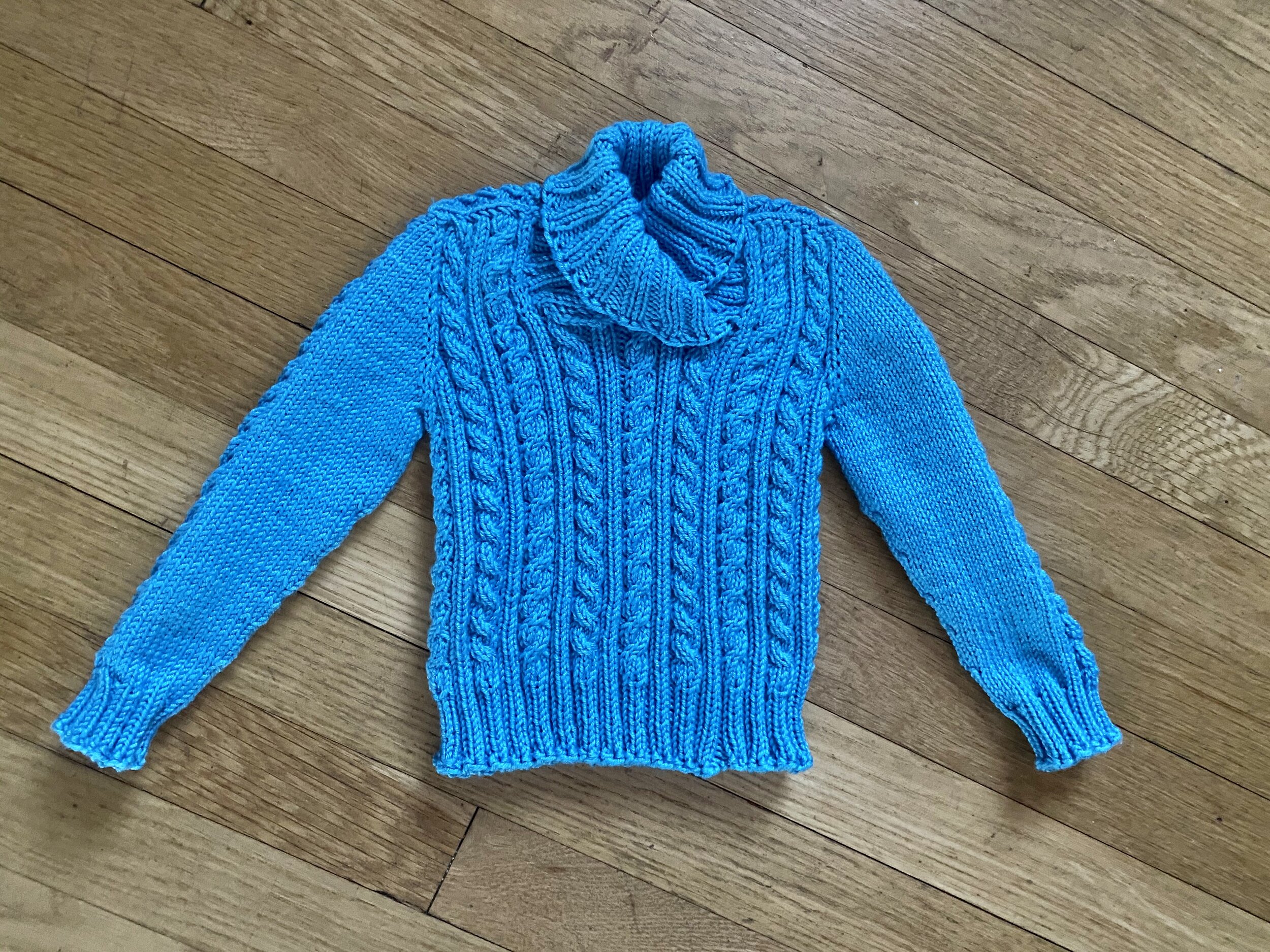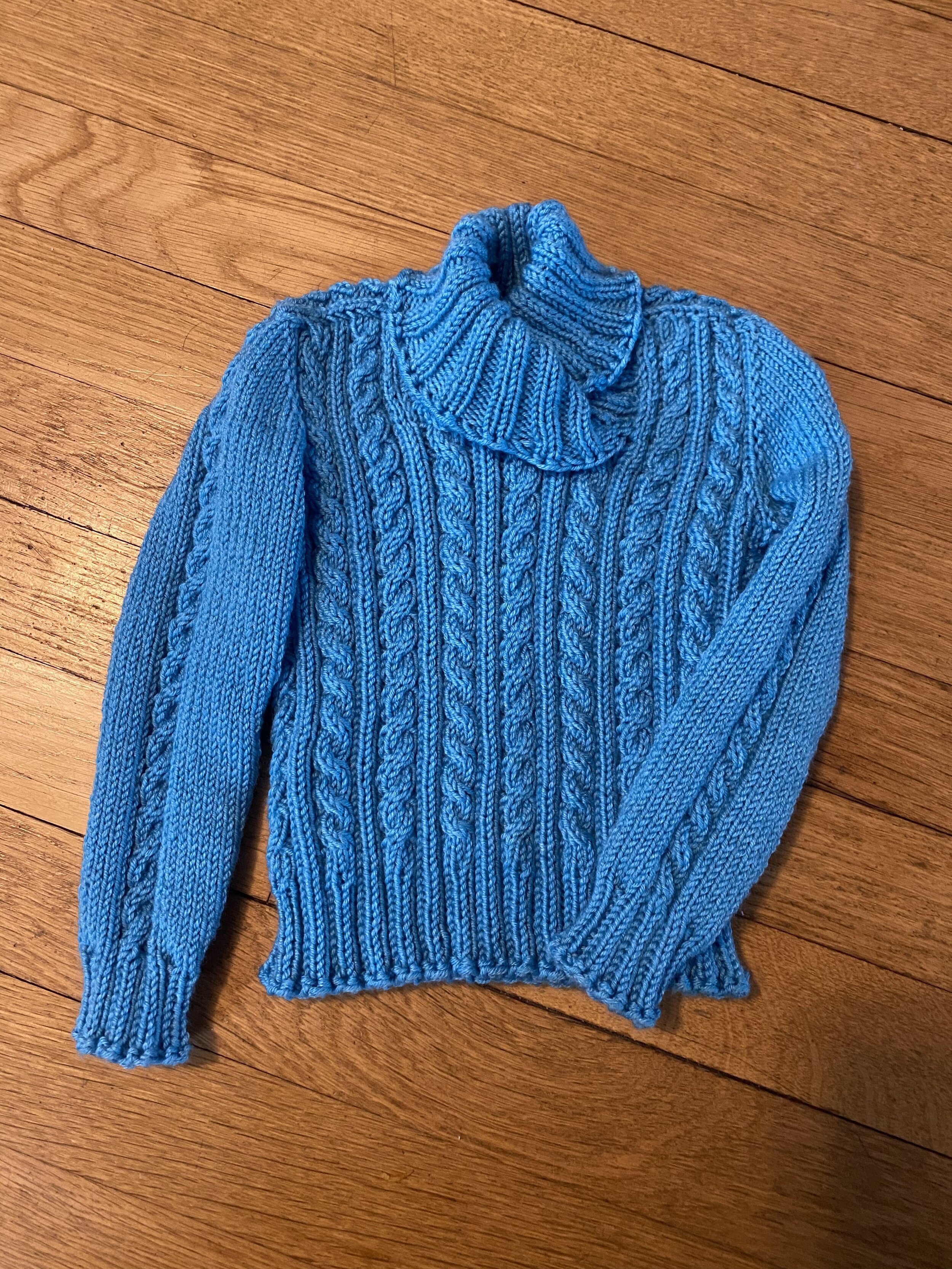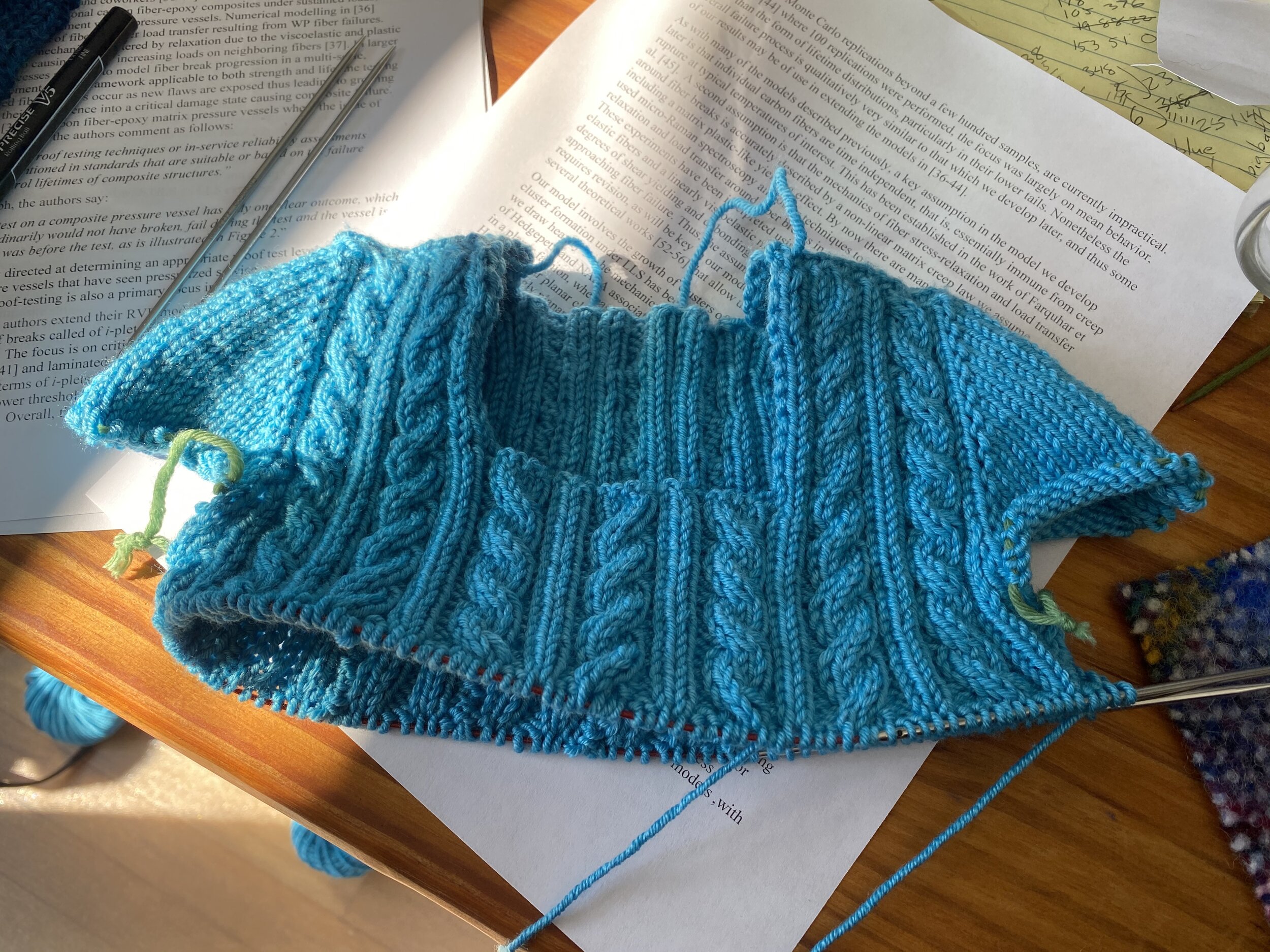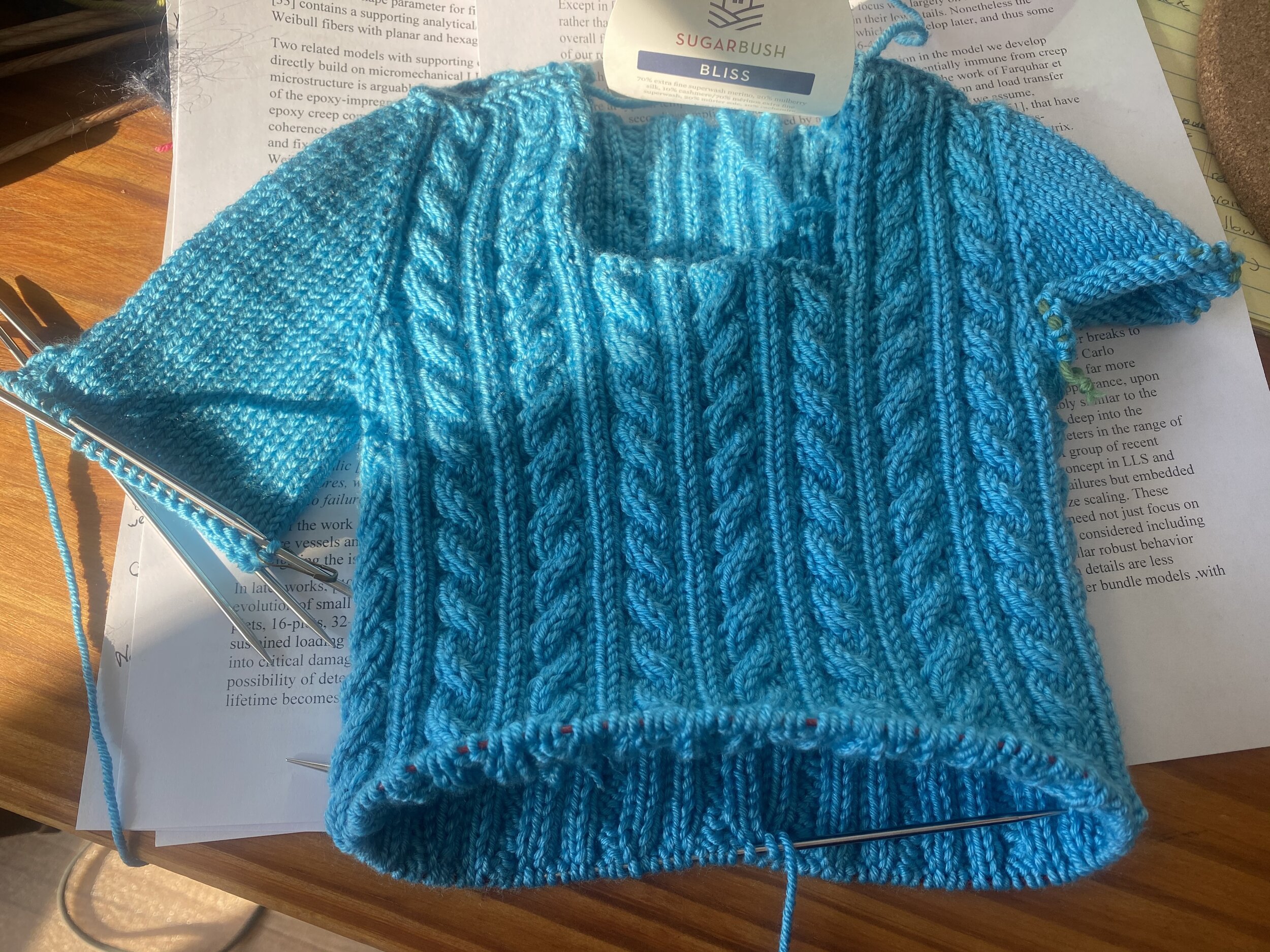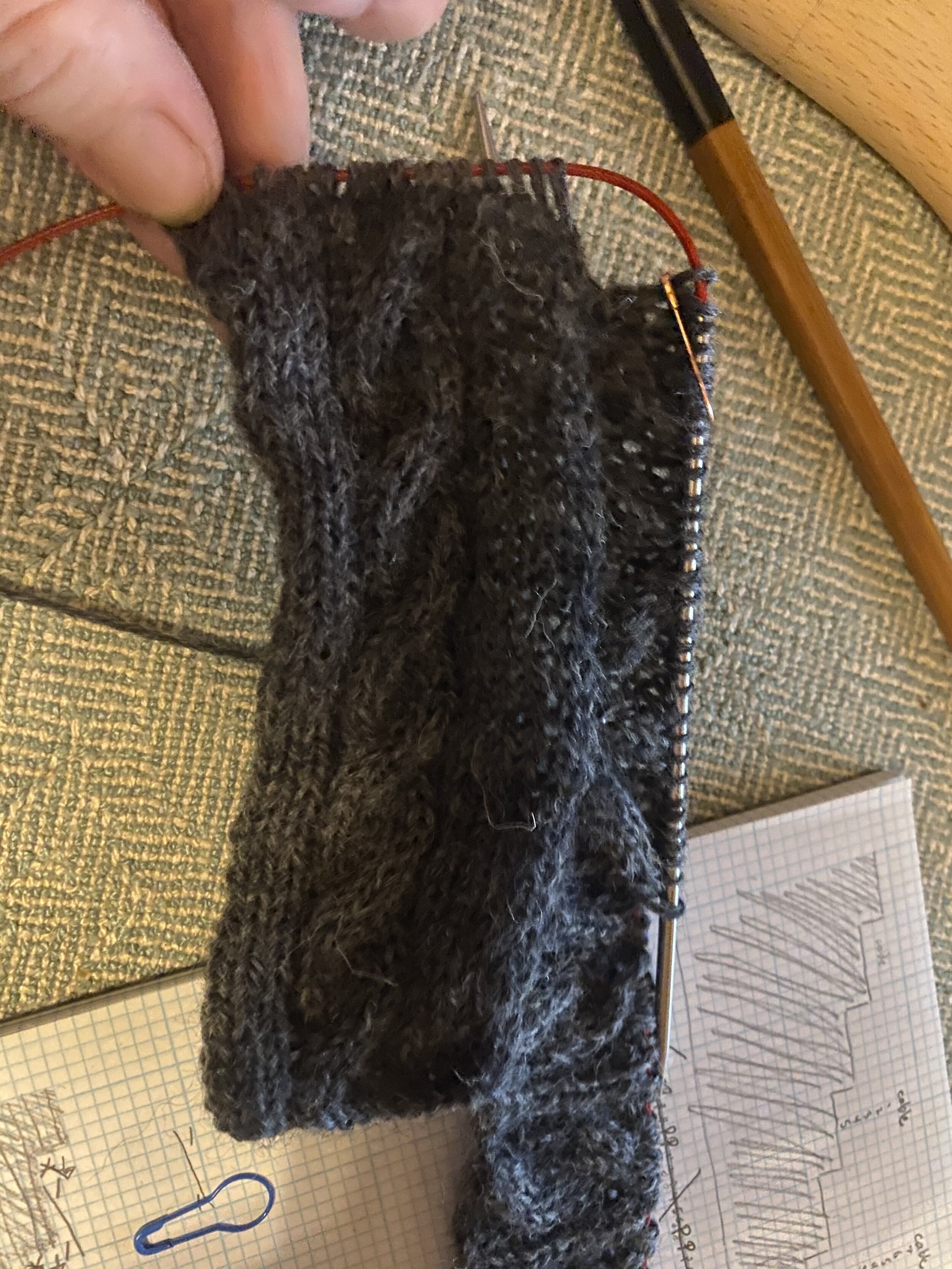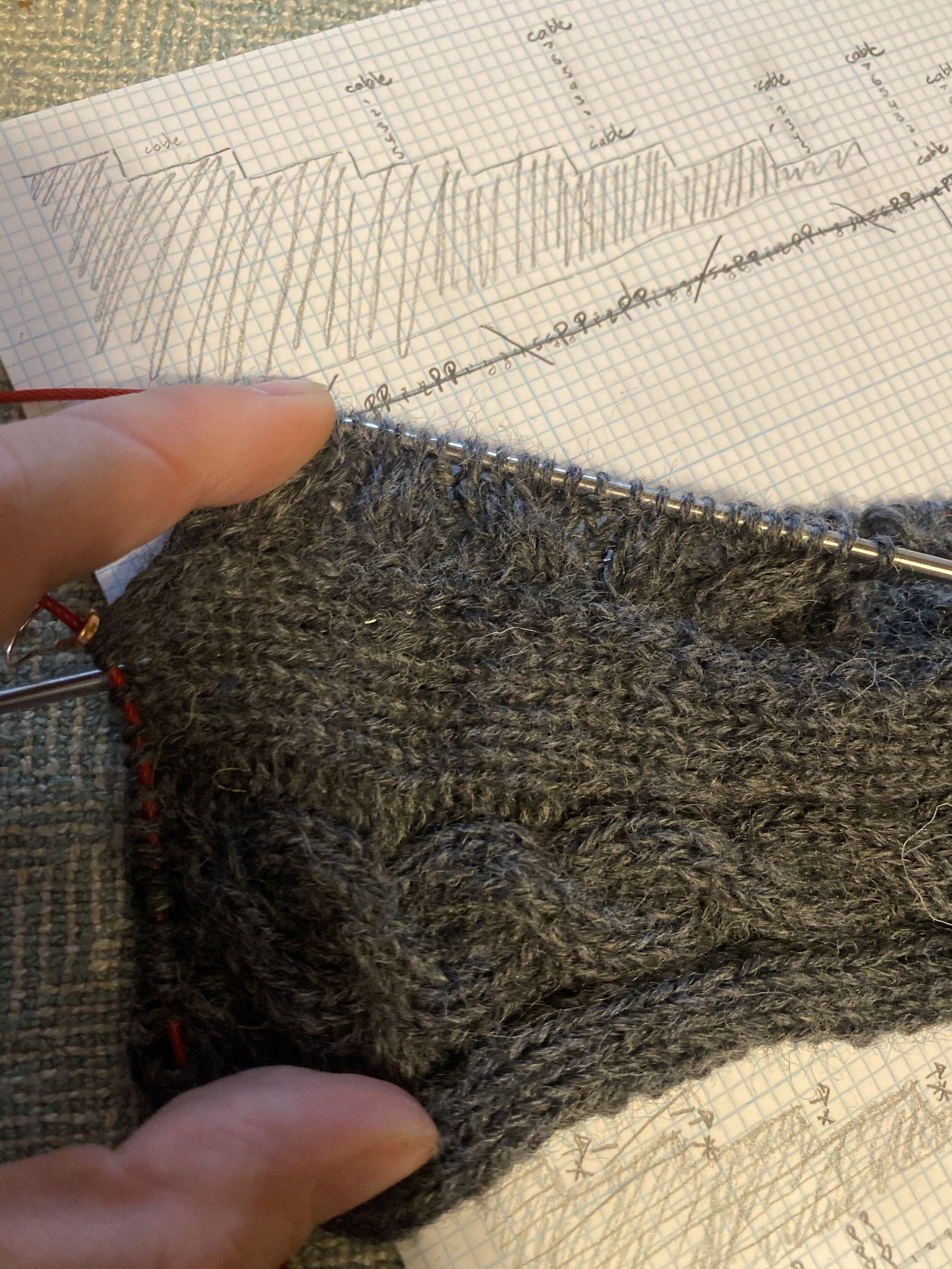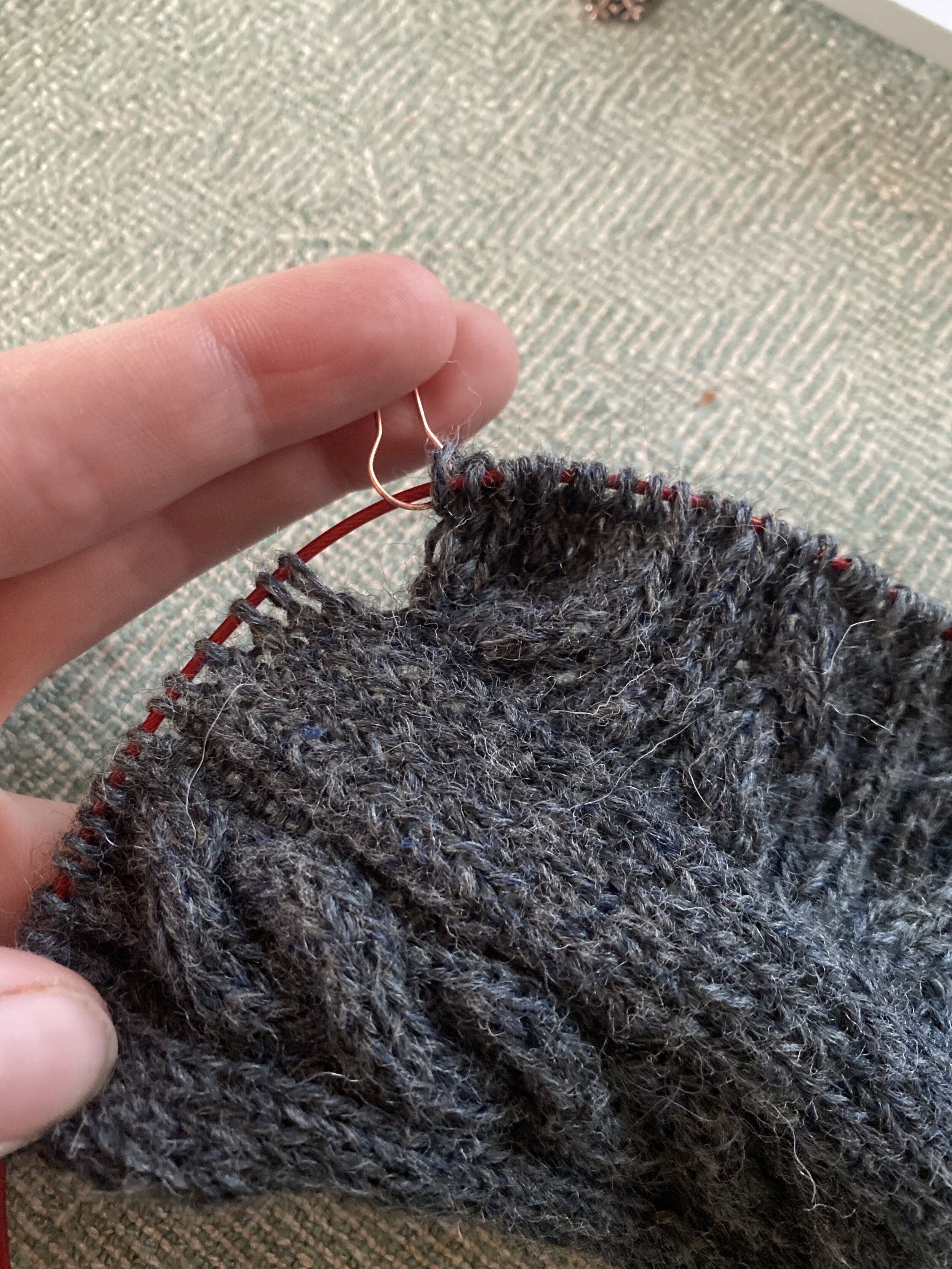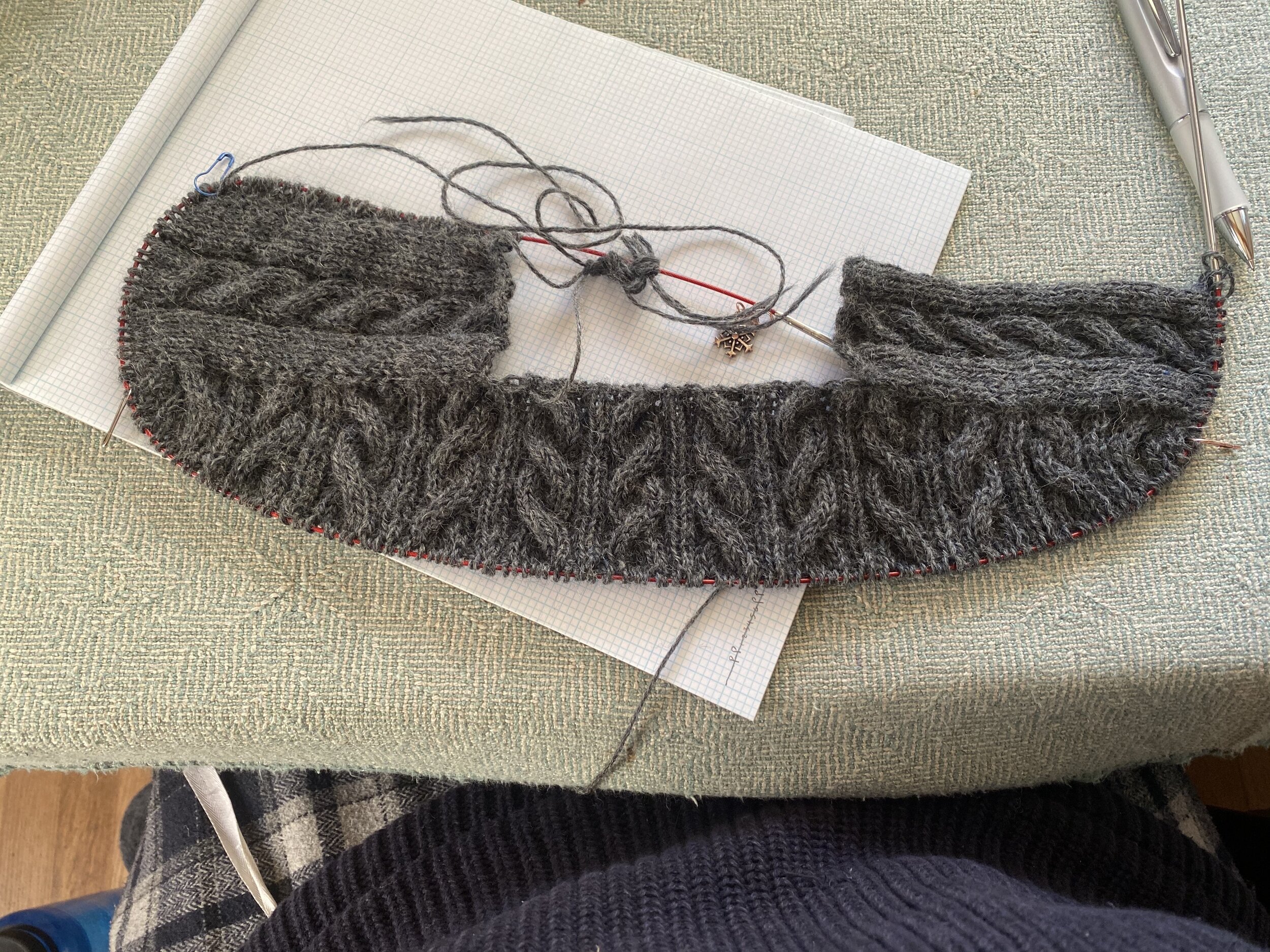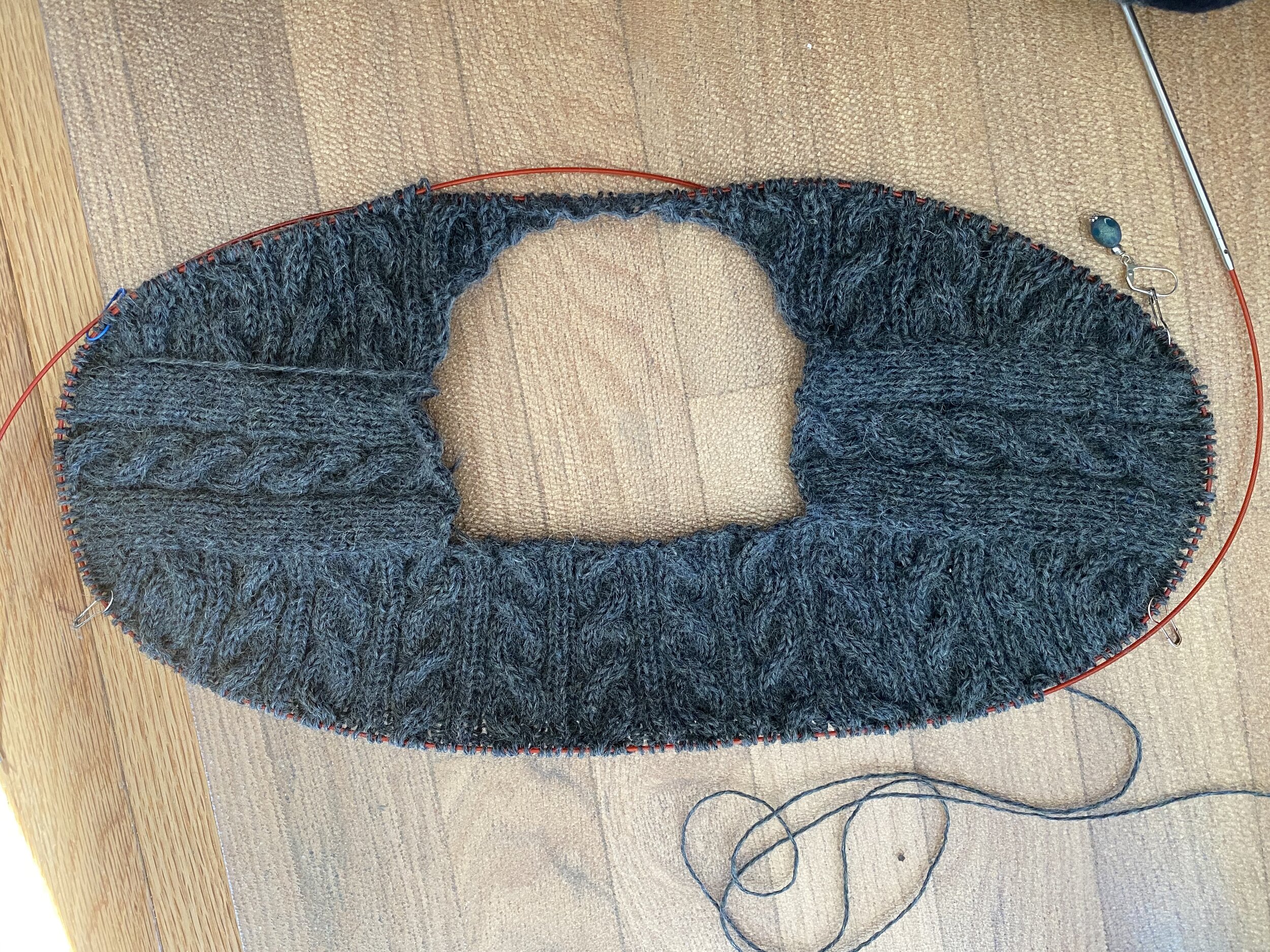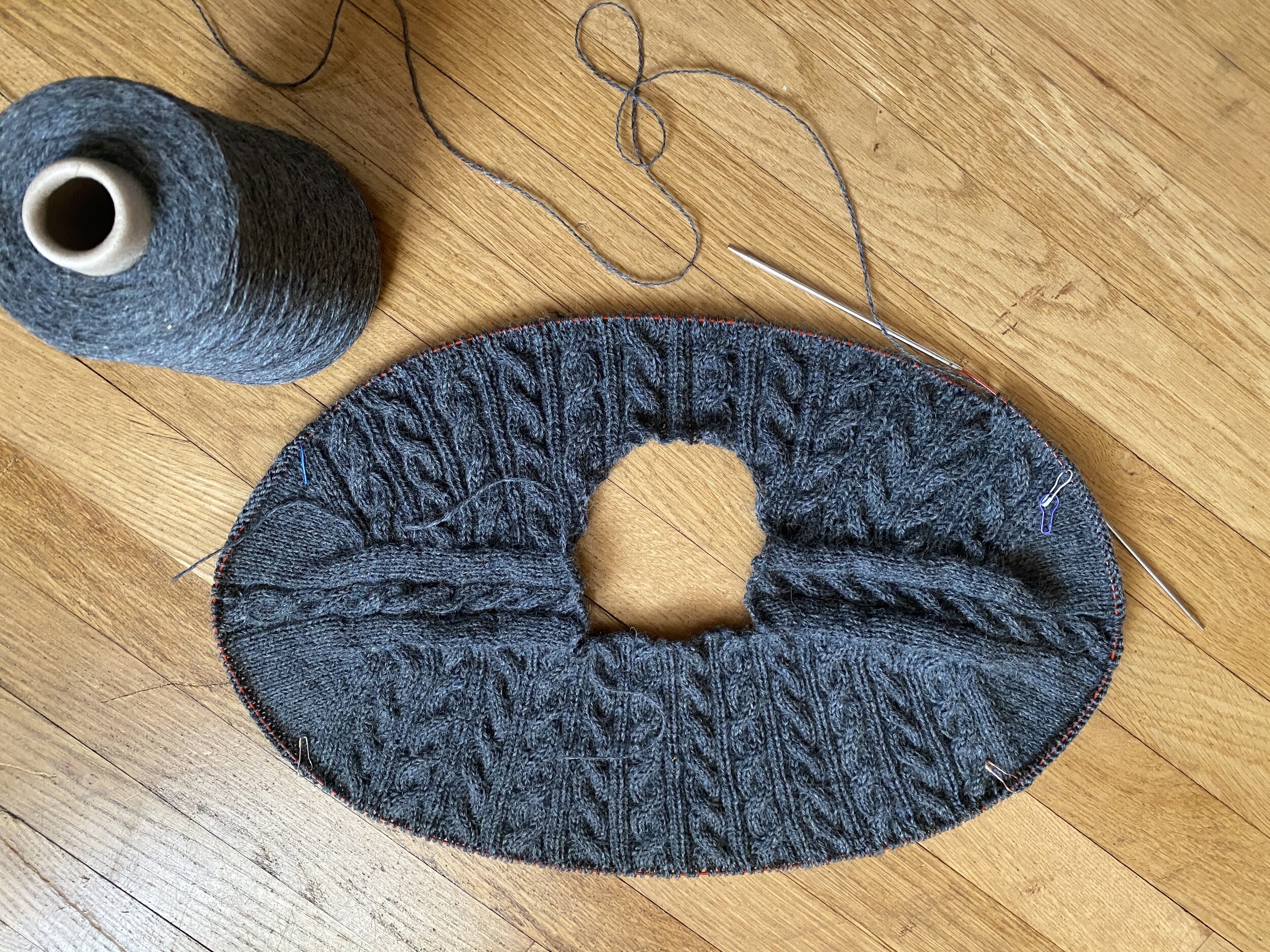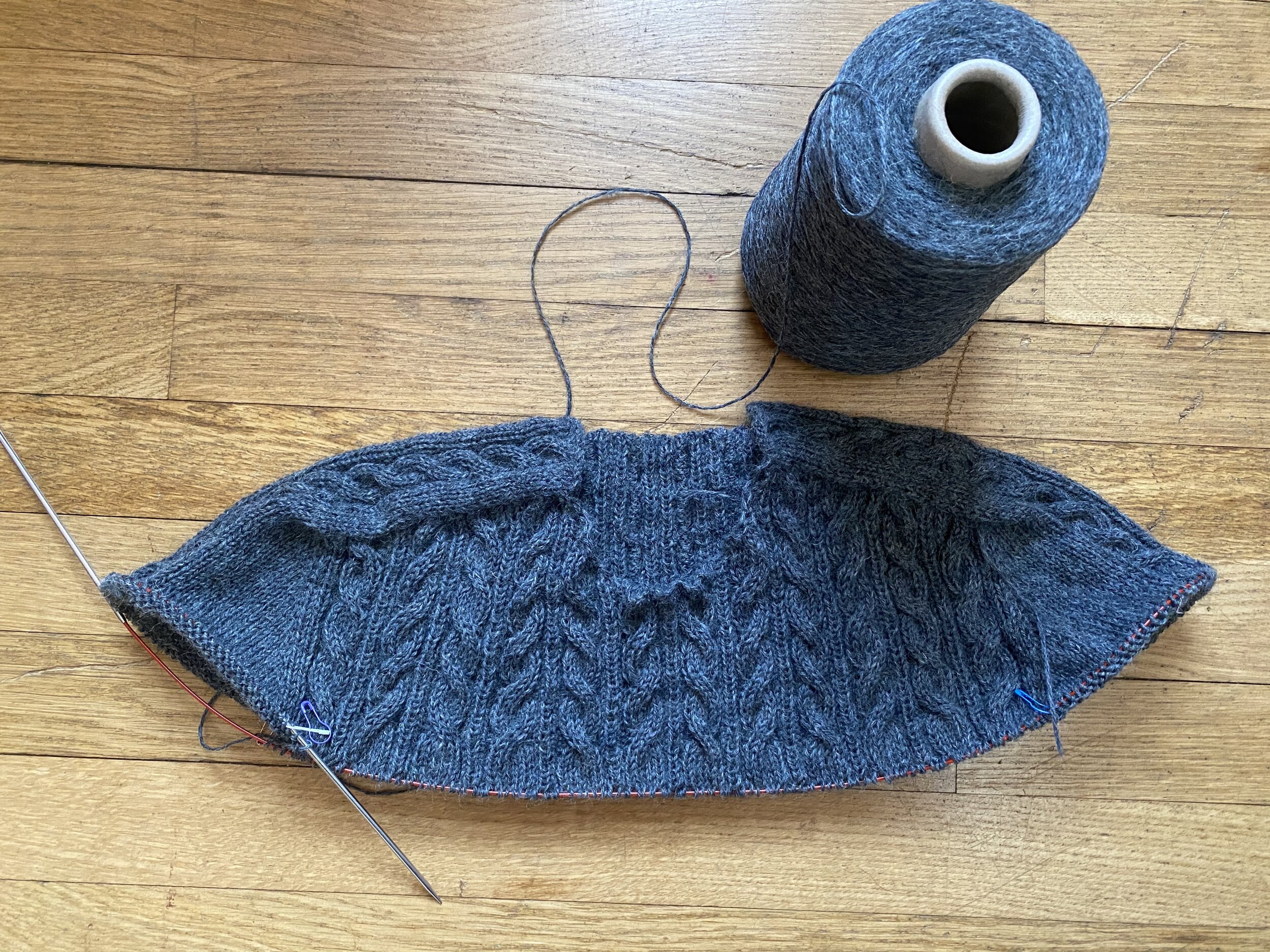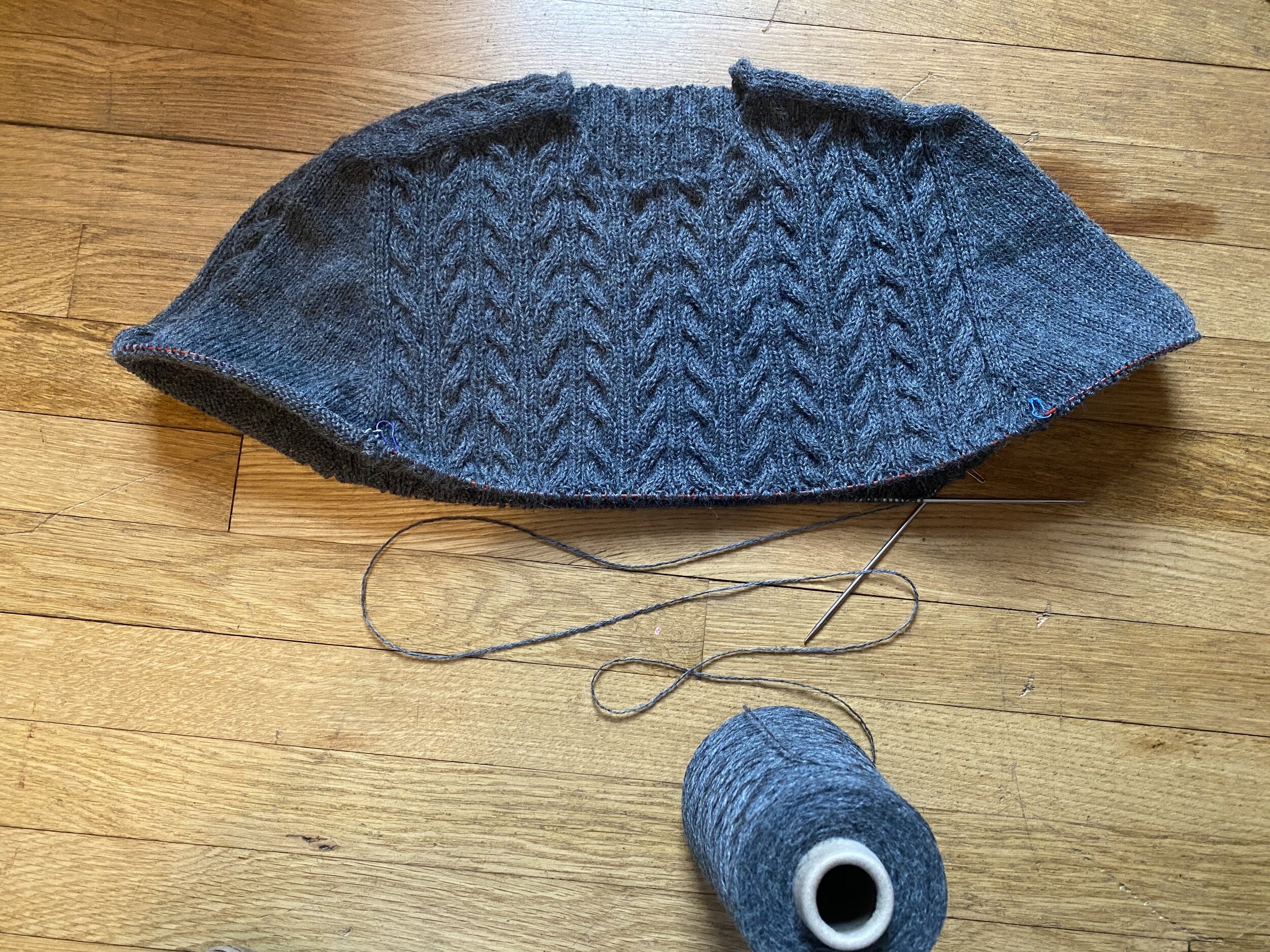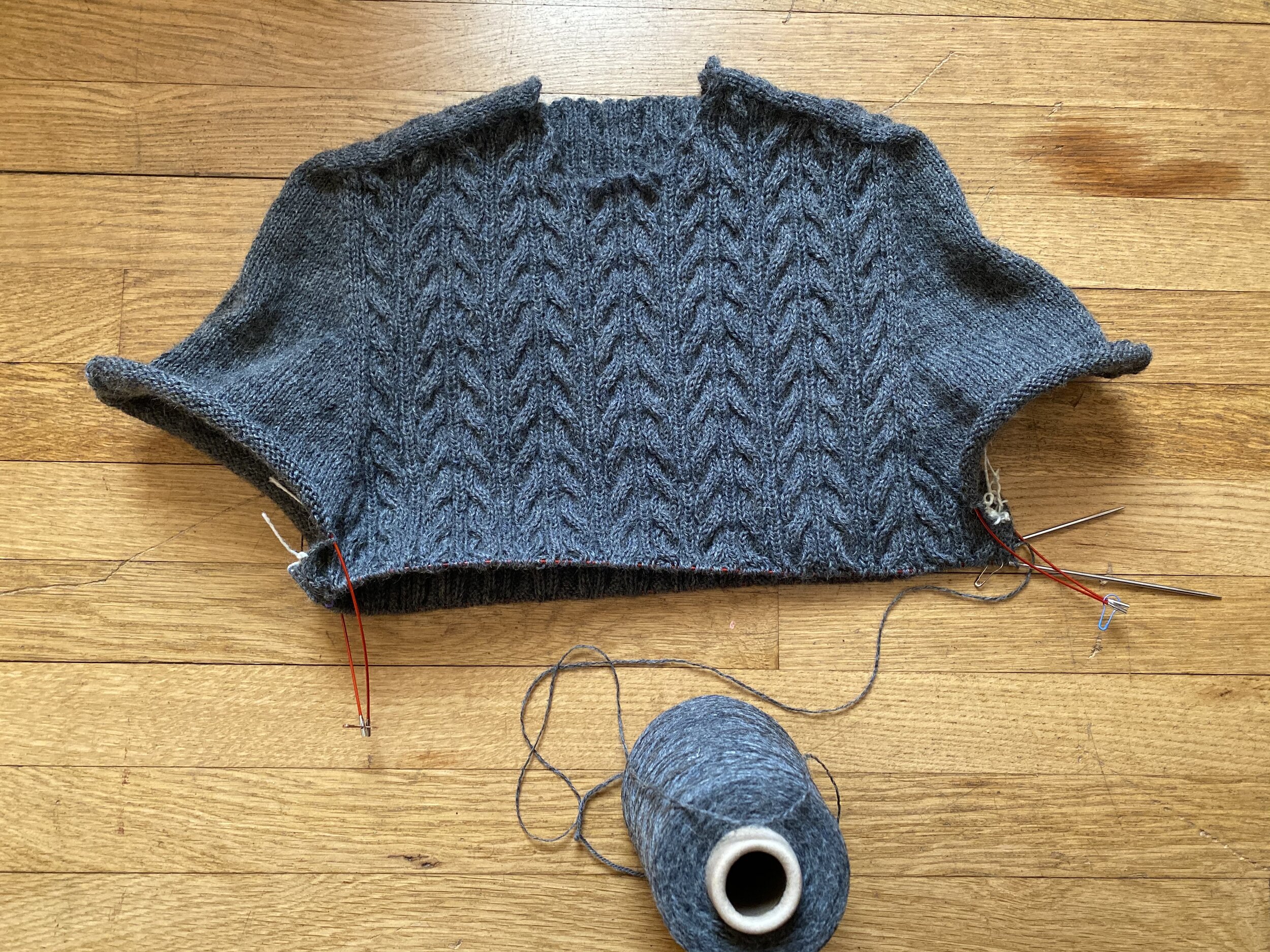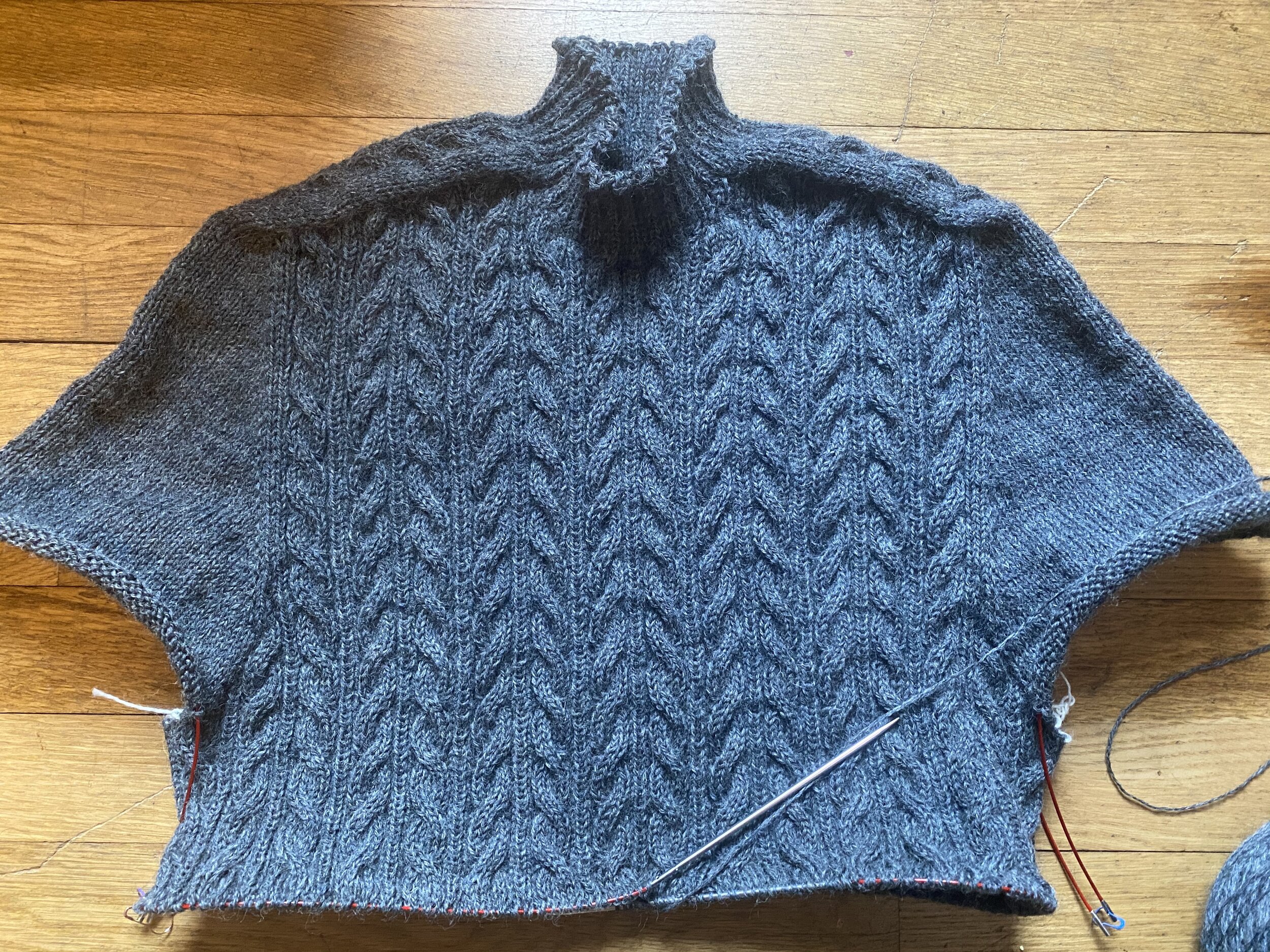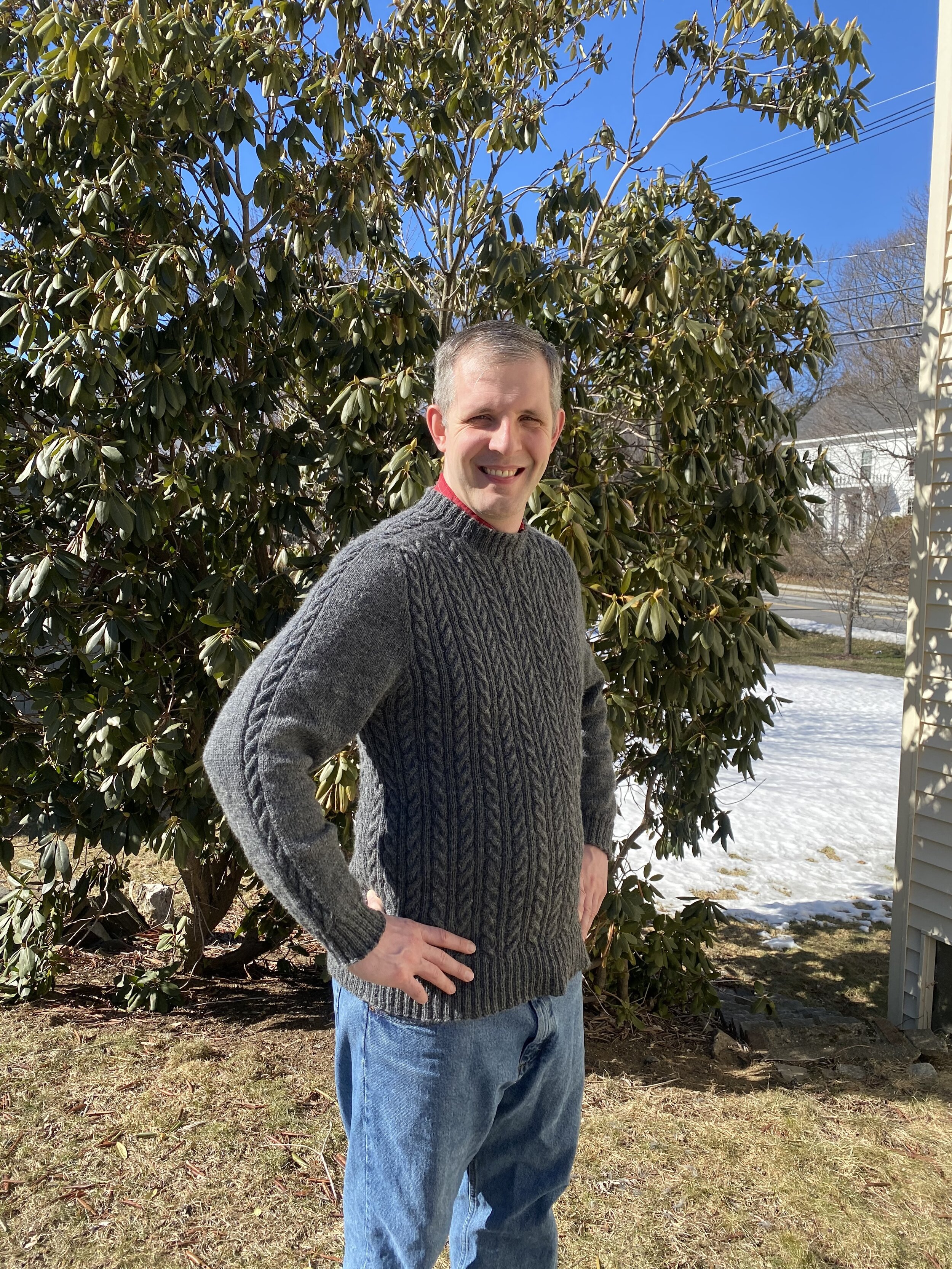Oh my, what an eventful summer! All good things, and lots of them, but they’ve kept me busy! I am now an engaged, home-owning, tenure track professor, and just a month ago I was none of those things! It doesn’t mean my knitting will stop though, and now that things are beginning to settle down (first day of class is officially over!), I’m hoping to get back to regular blog updates for all of you readers. And for myself. Turns out having documentation on each project can be really helpful when I want to know the fiber content 6 months to a few years down the road…
So, since you clearly came here to see pictures of knitting, I will oblige with these pictures of a sock in progress. The socks have been long since finished and gifted, but I apparently never took pictures of them done…. They’re very similar to the Jupiter socks I did earlier this year, using the same yarns from Jaggerspun on their Kokadjo base in the colors ‘Secret Sunset’ and ‘Sangria’. For this pair the cuffs, heels and toes are all in the solid ‘sangria’ color, but for the leg and foot I used the spiral knitting technique to alternate between the two colors. I’m really a fan of the spiral knitting, as compared to switching colors at a fixed point on each row, since it doesn’t have that step up look and it doesn’t feel any different to knitting straight with one color.
